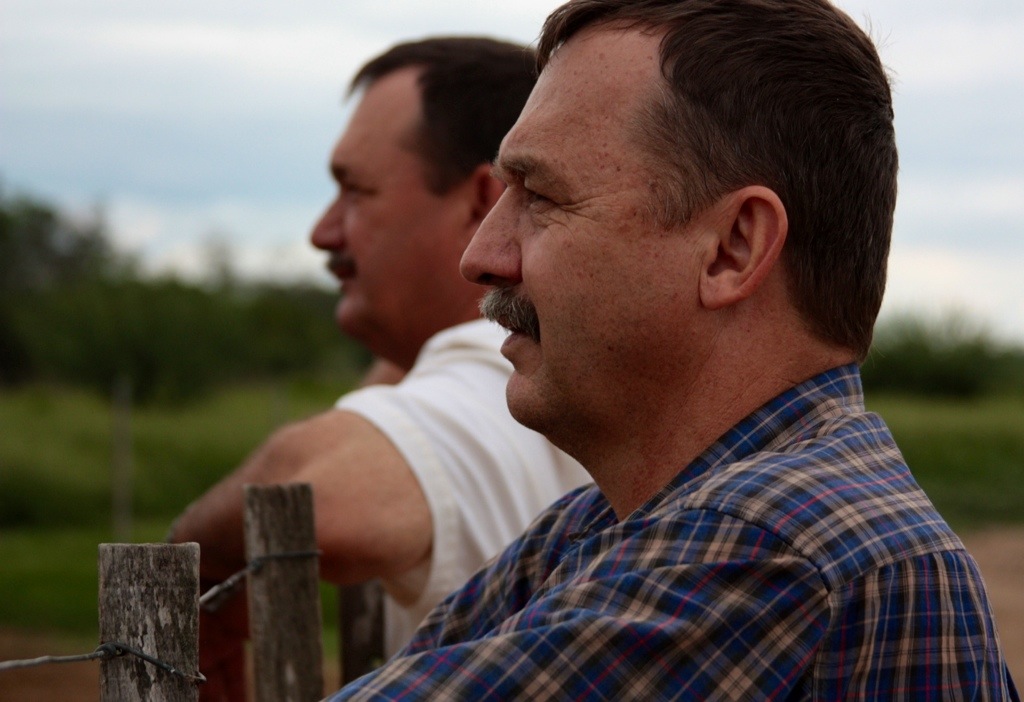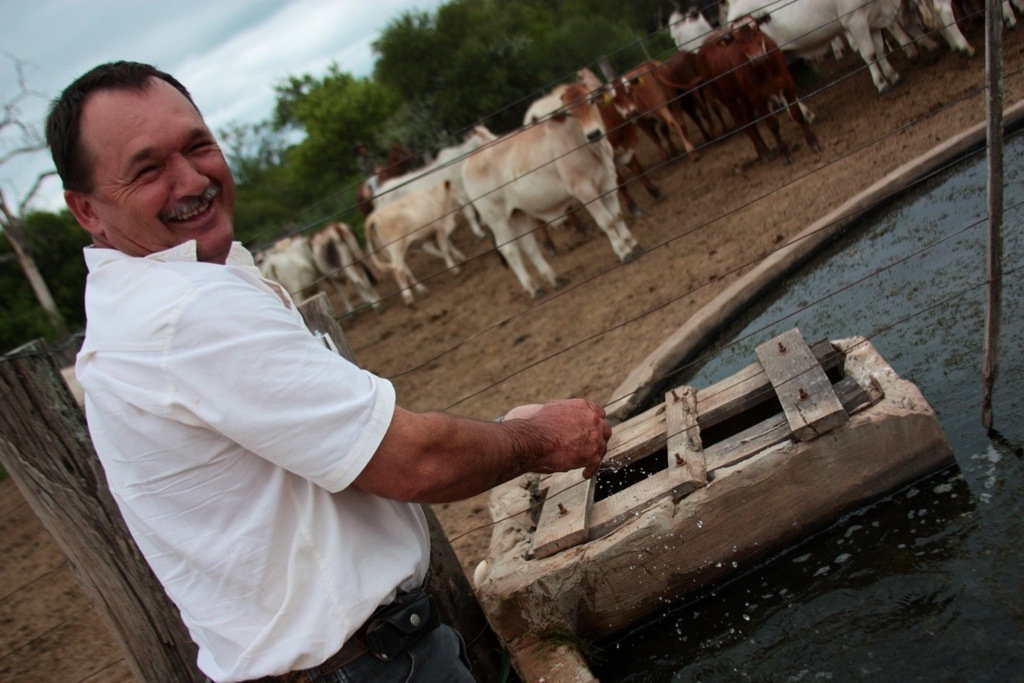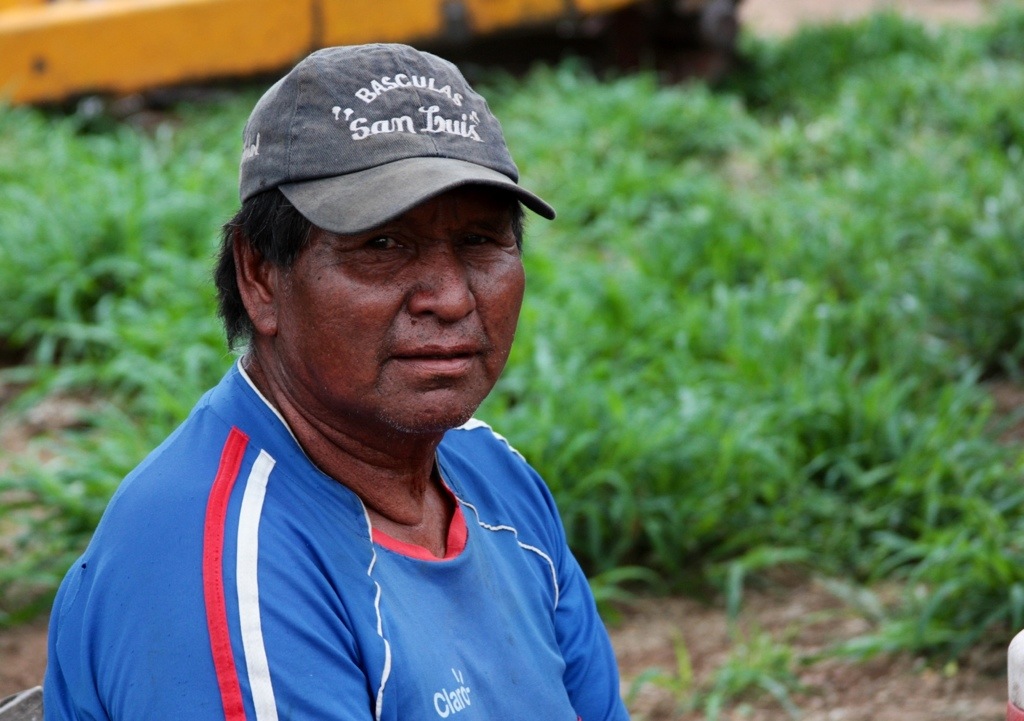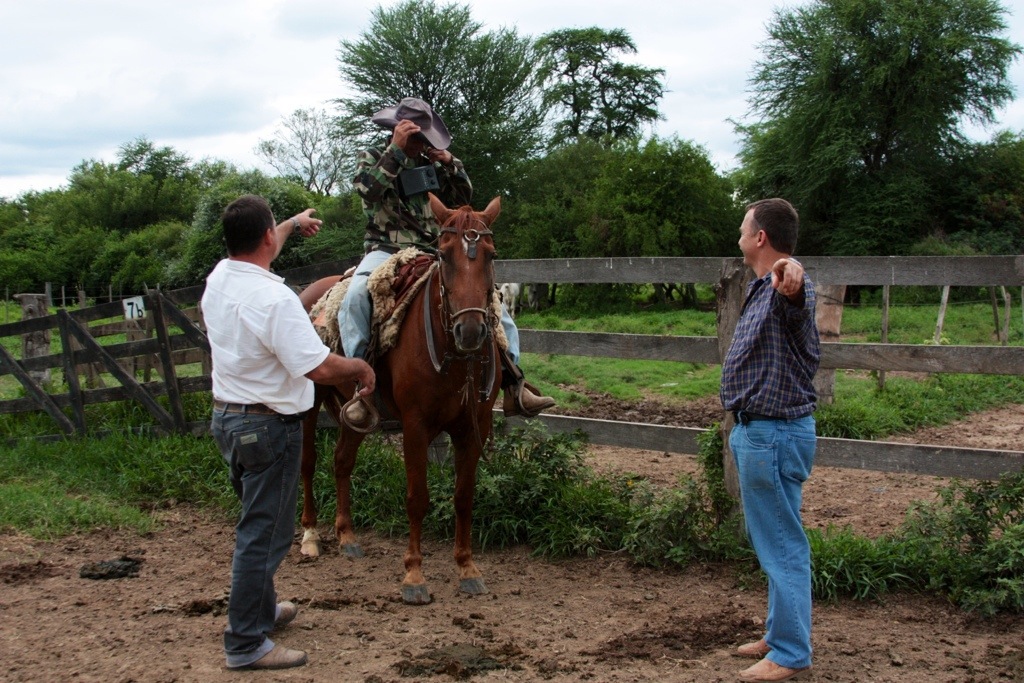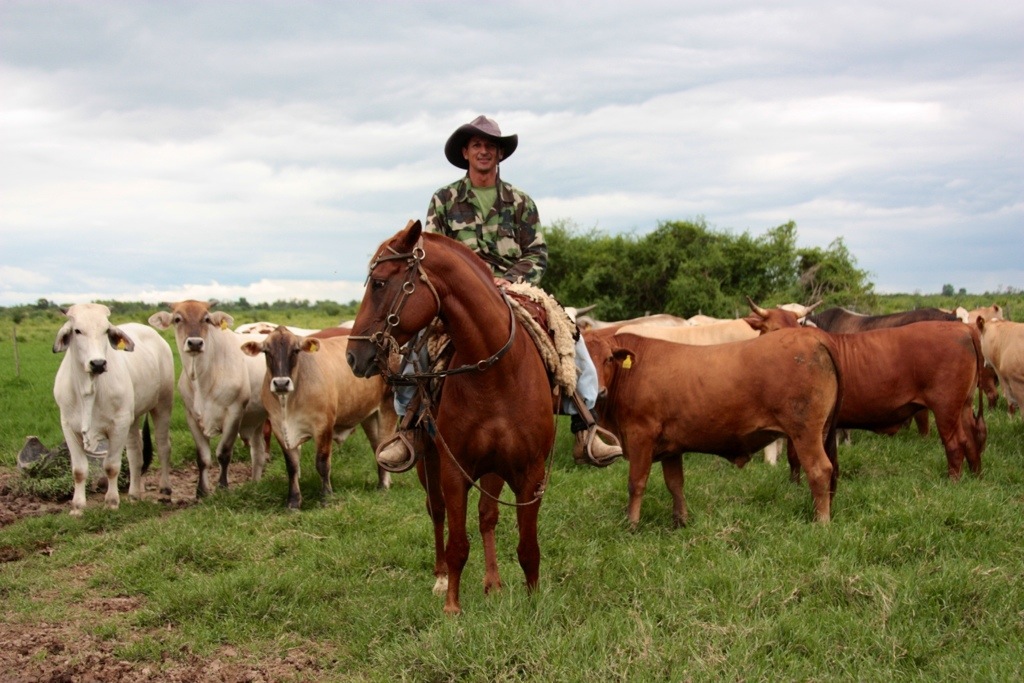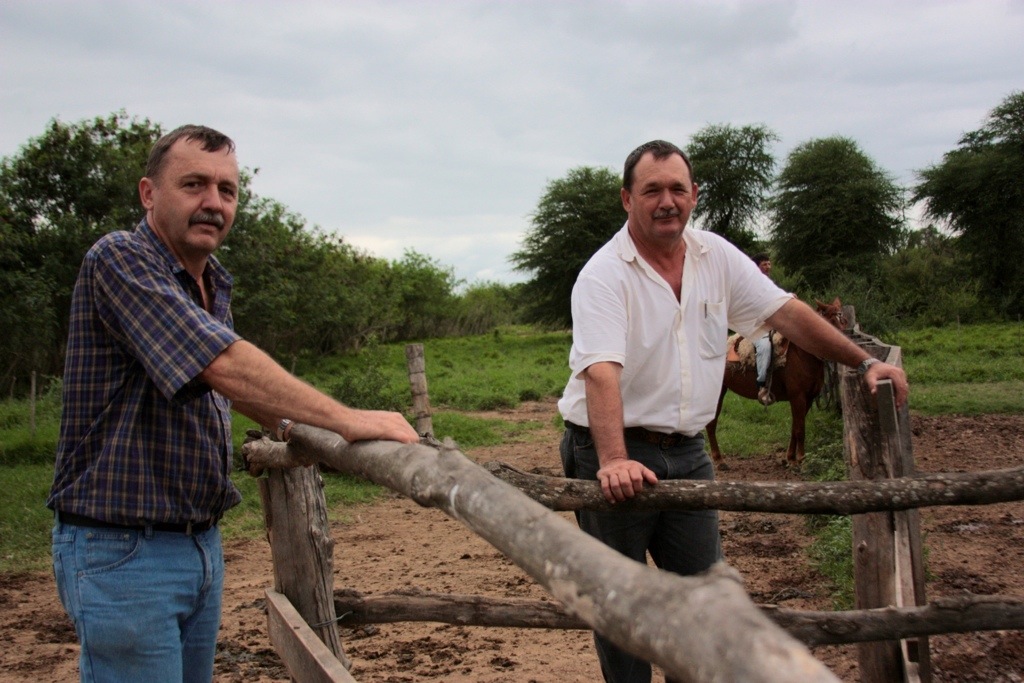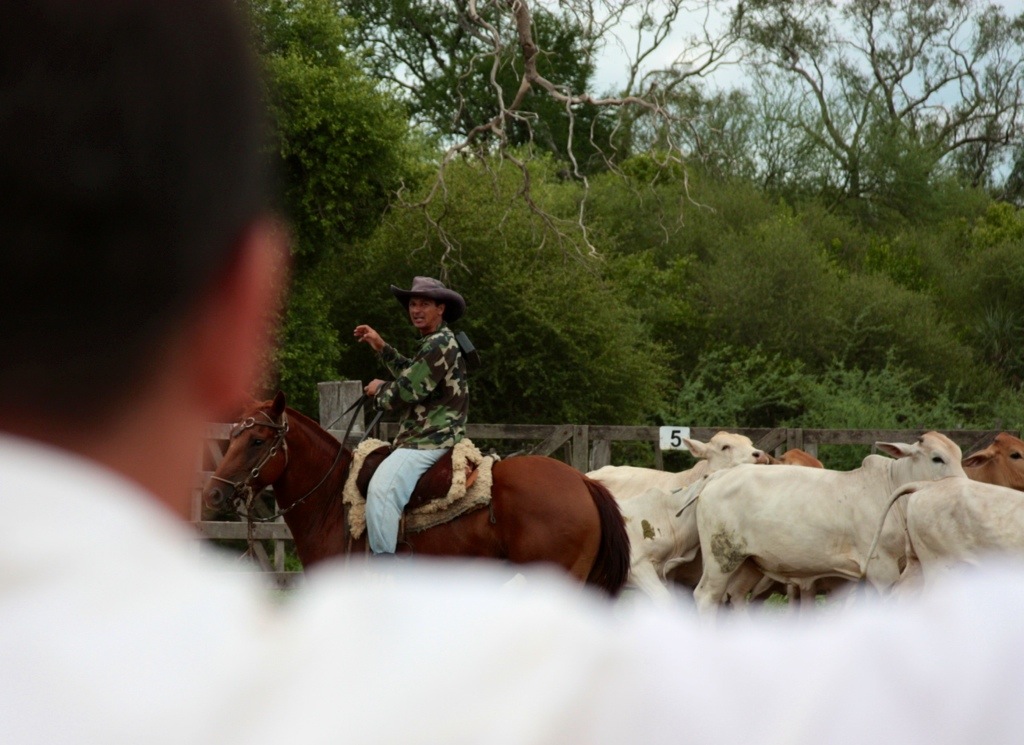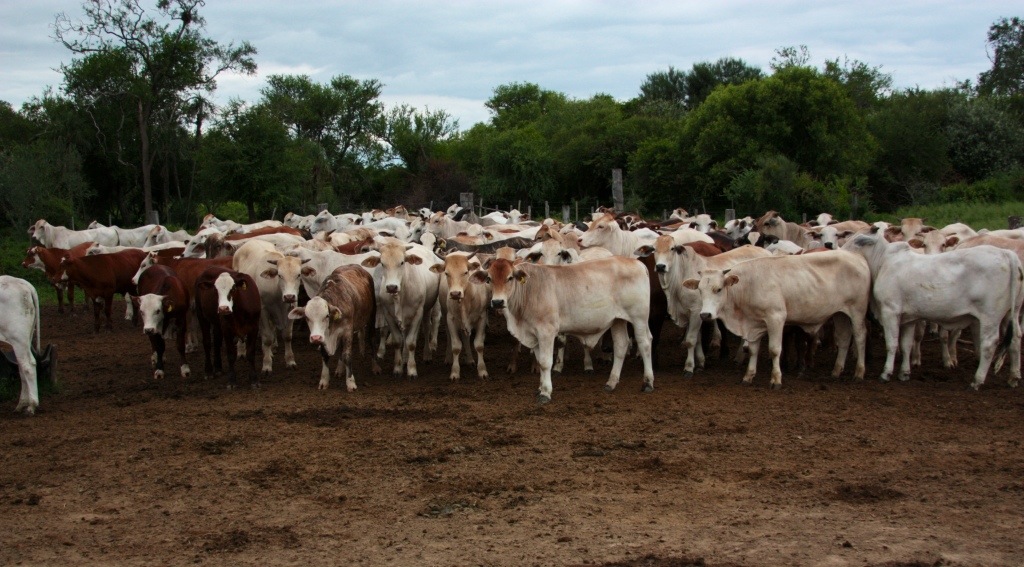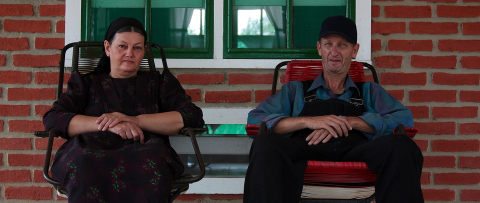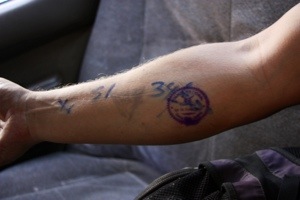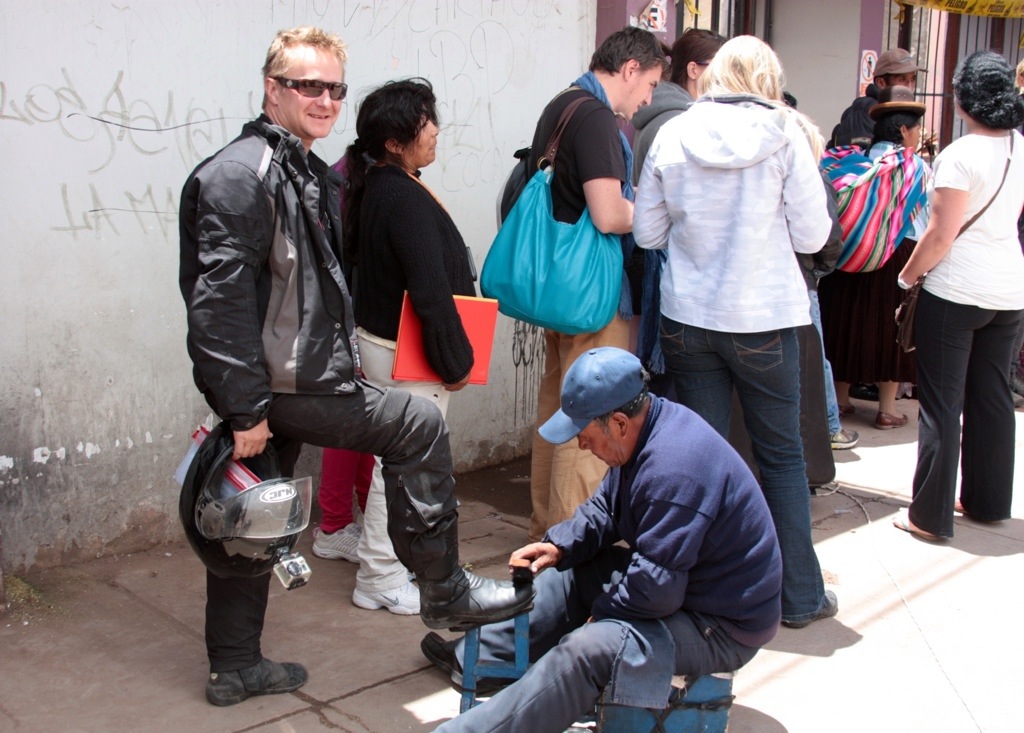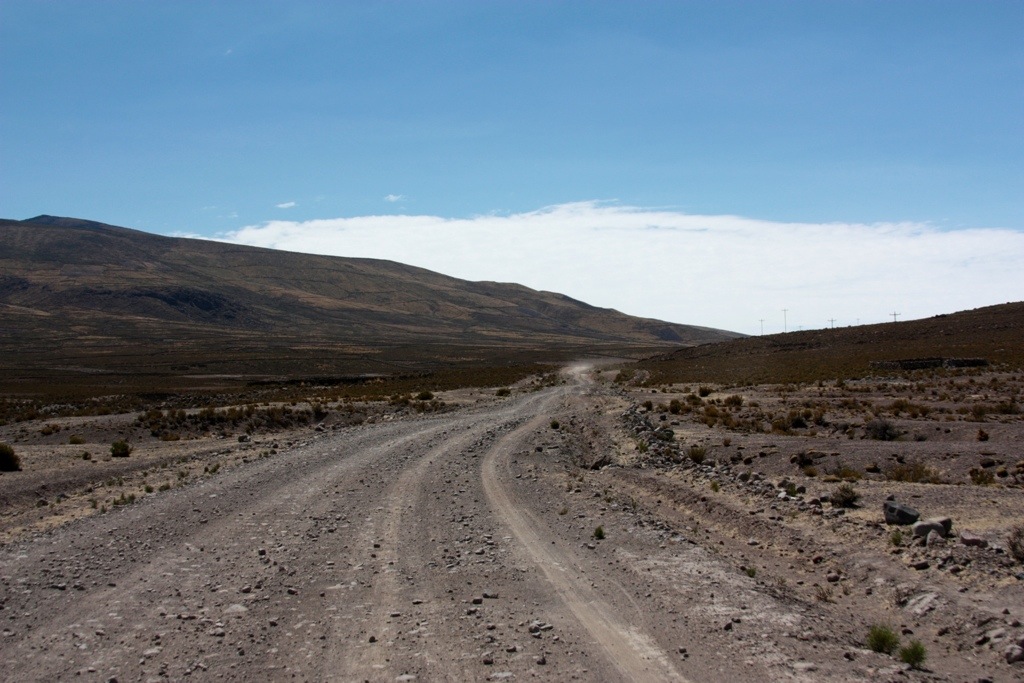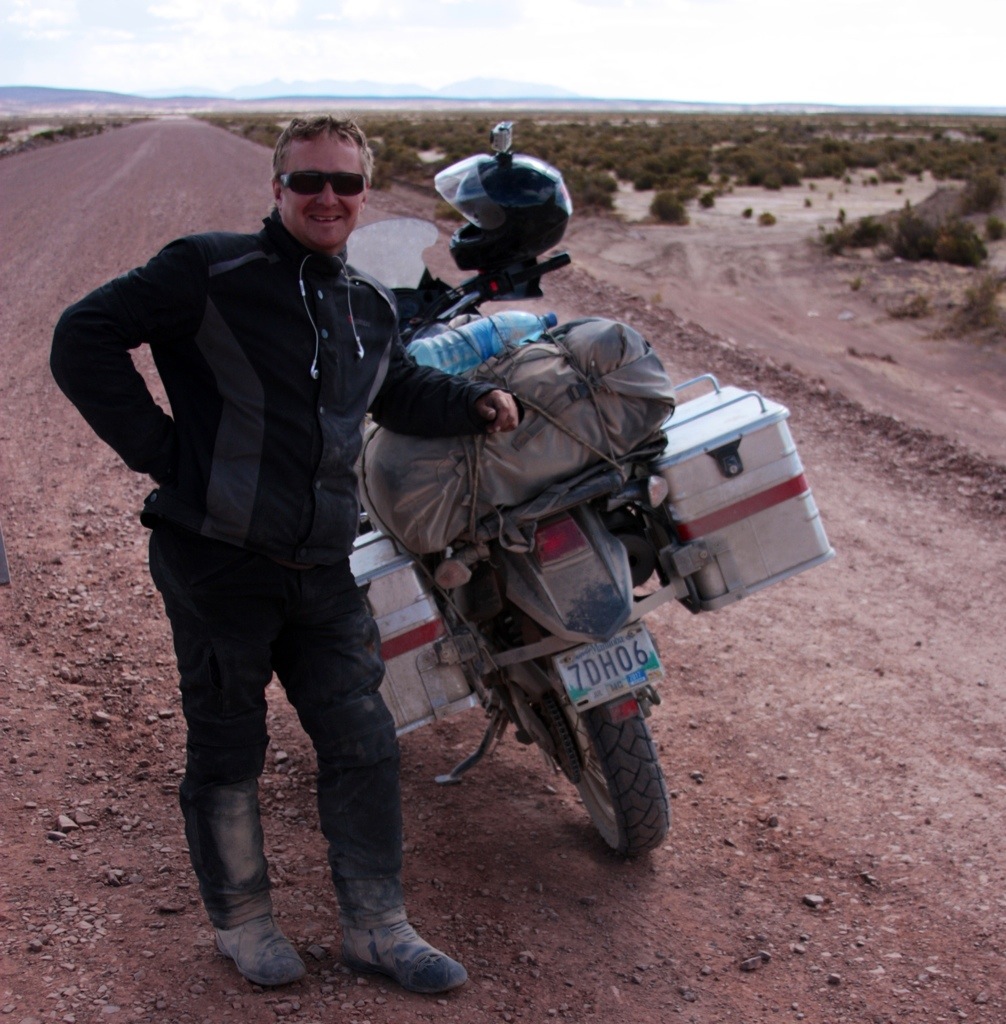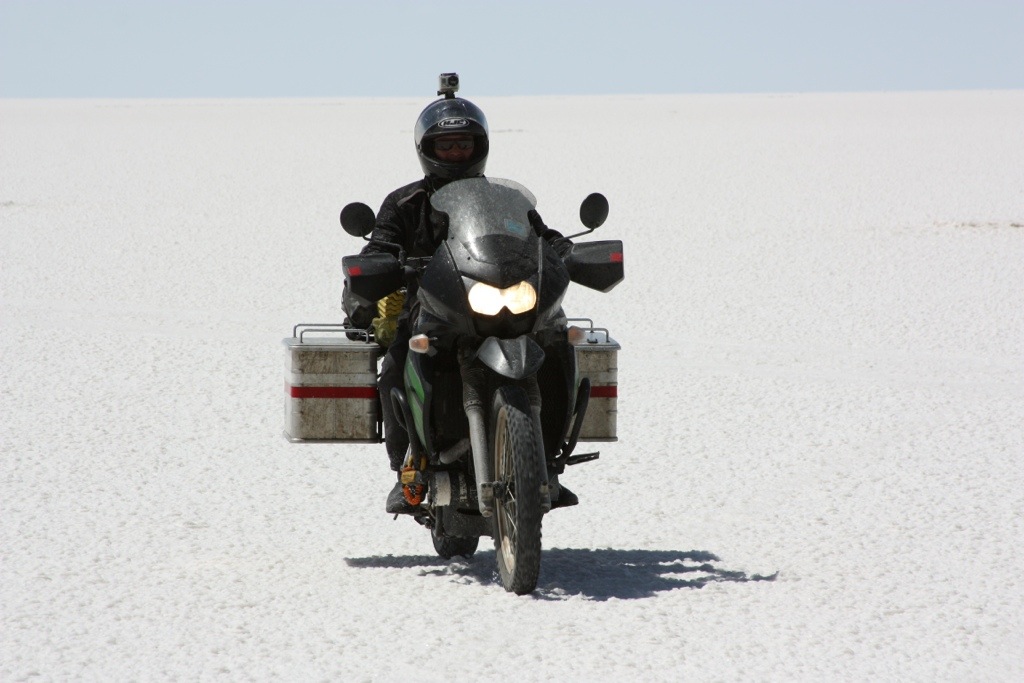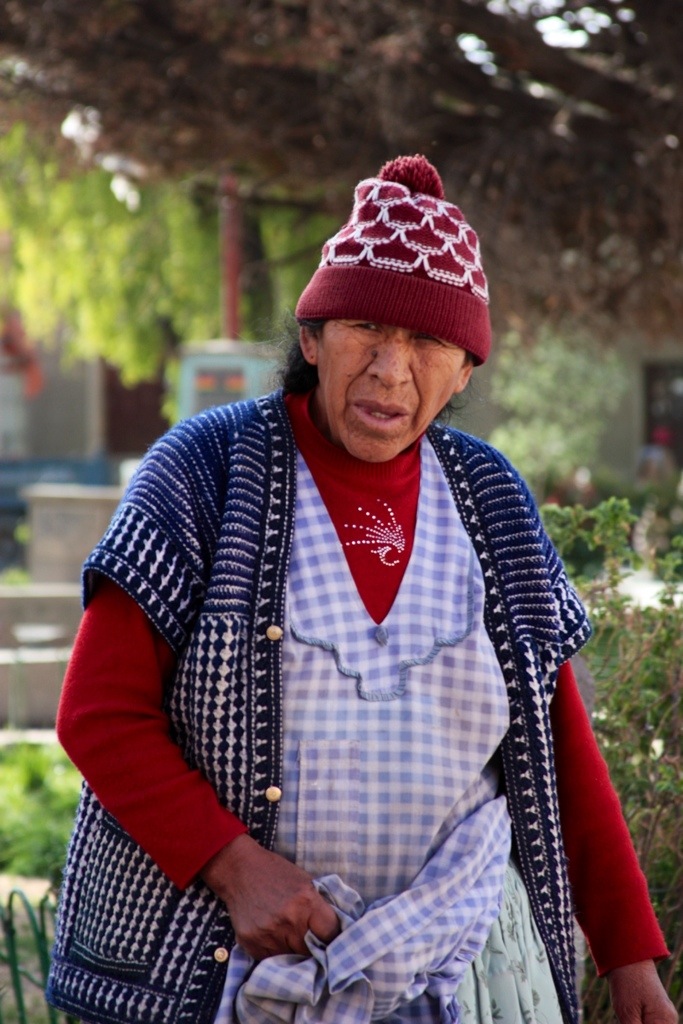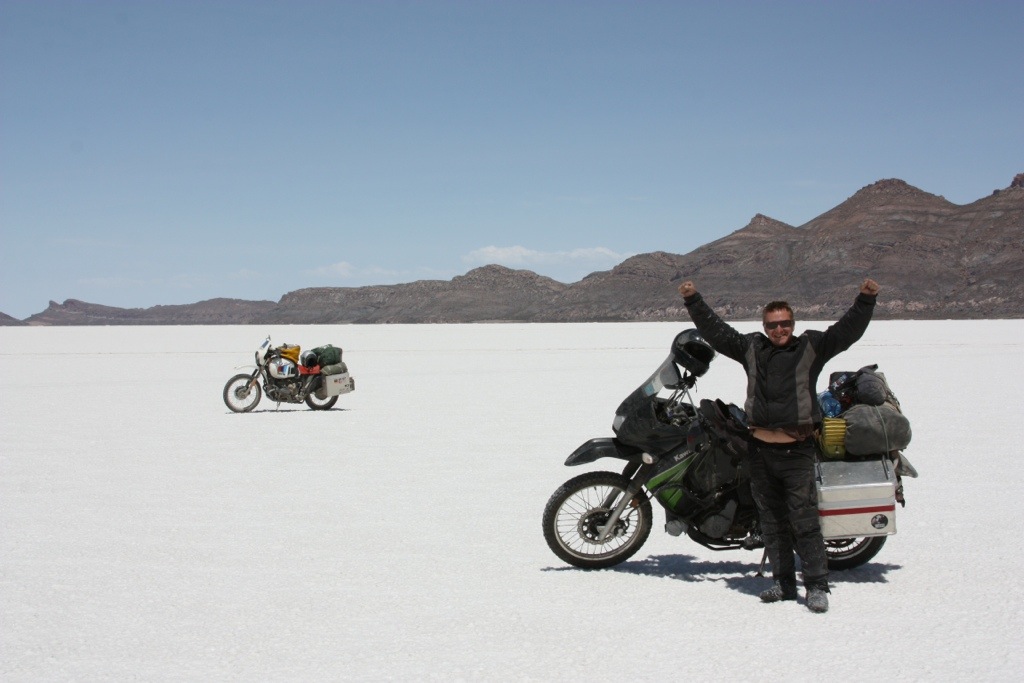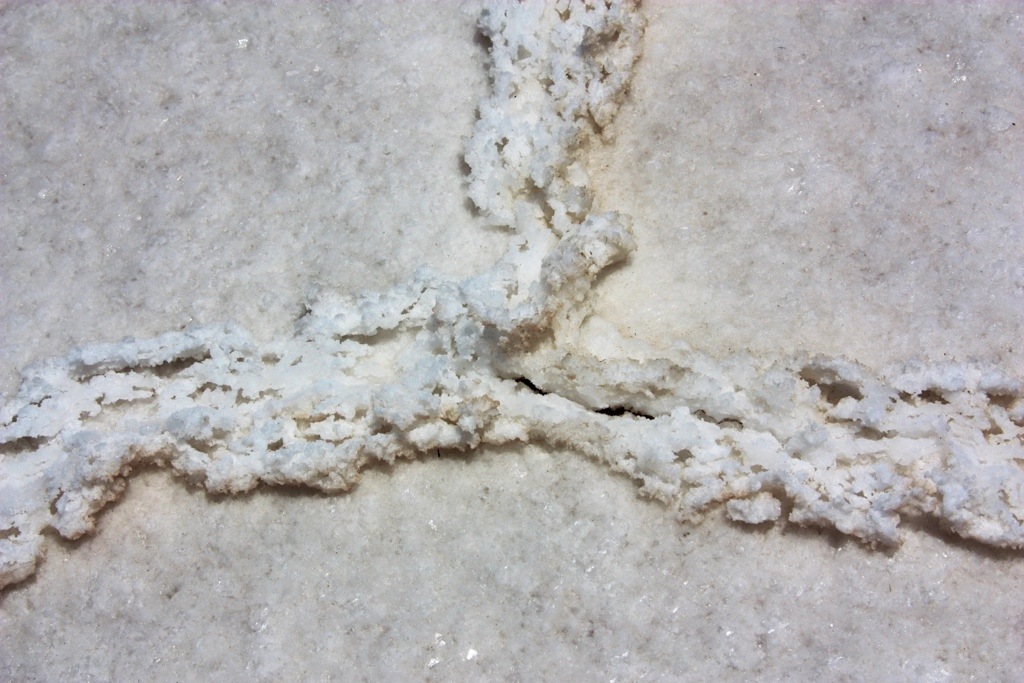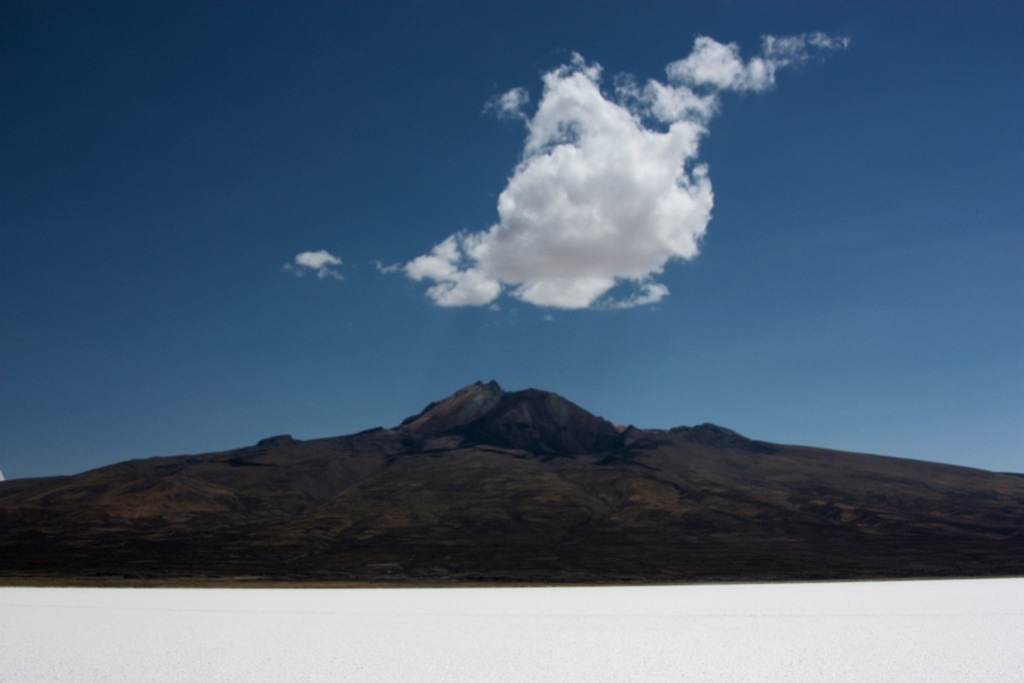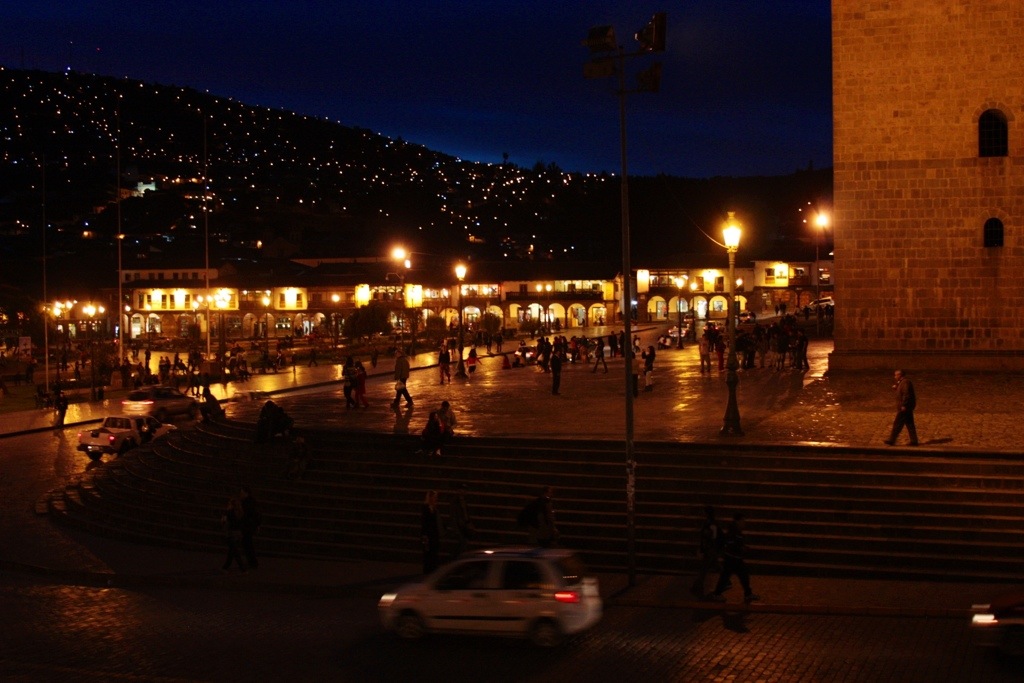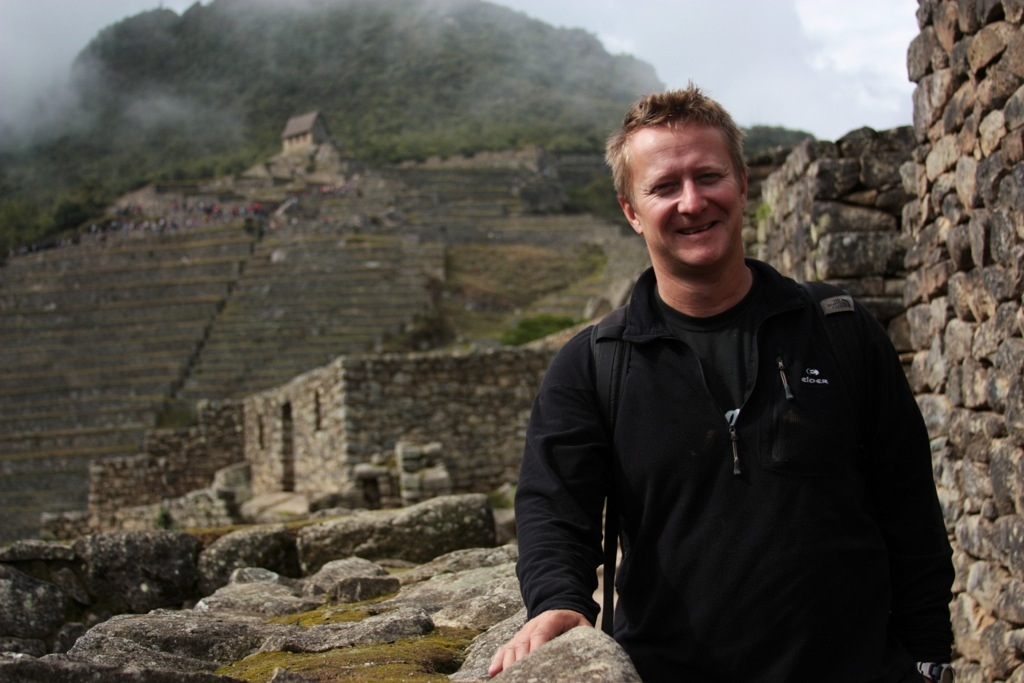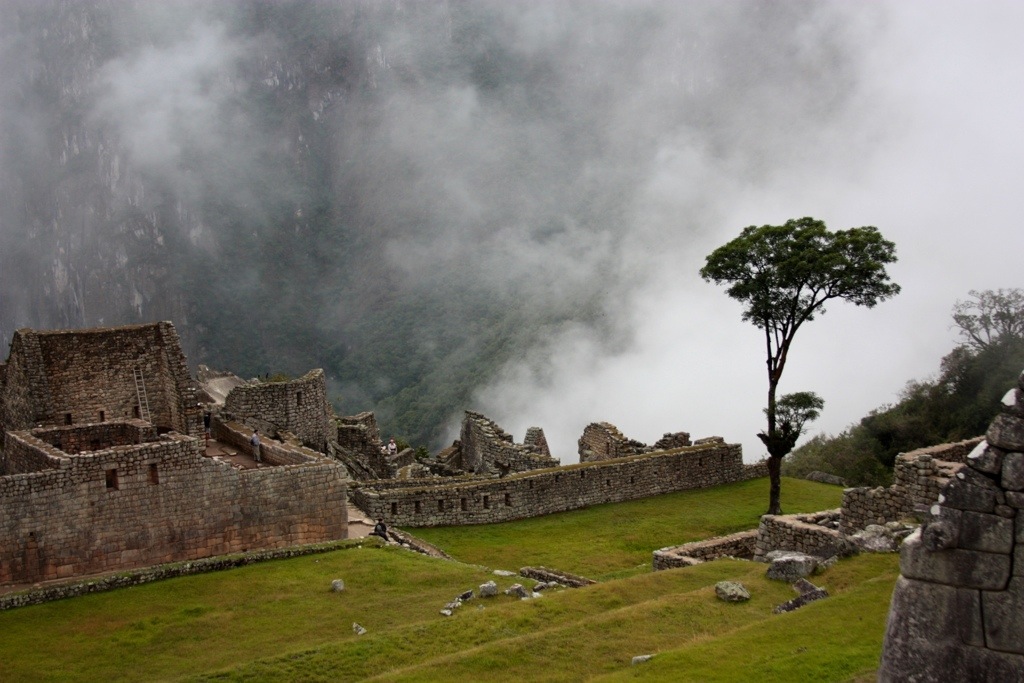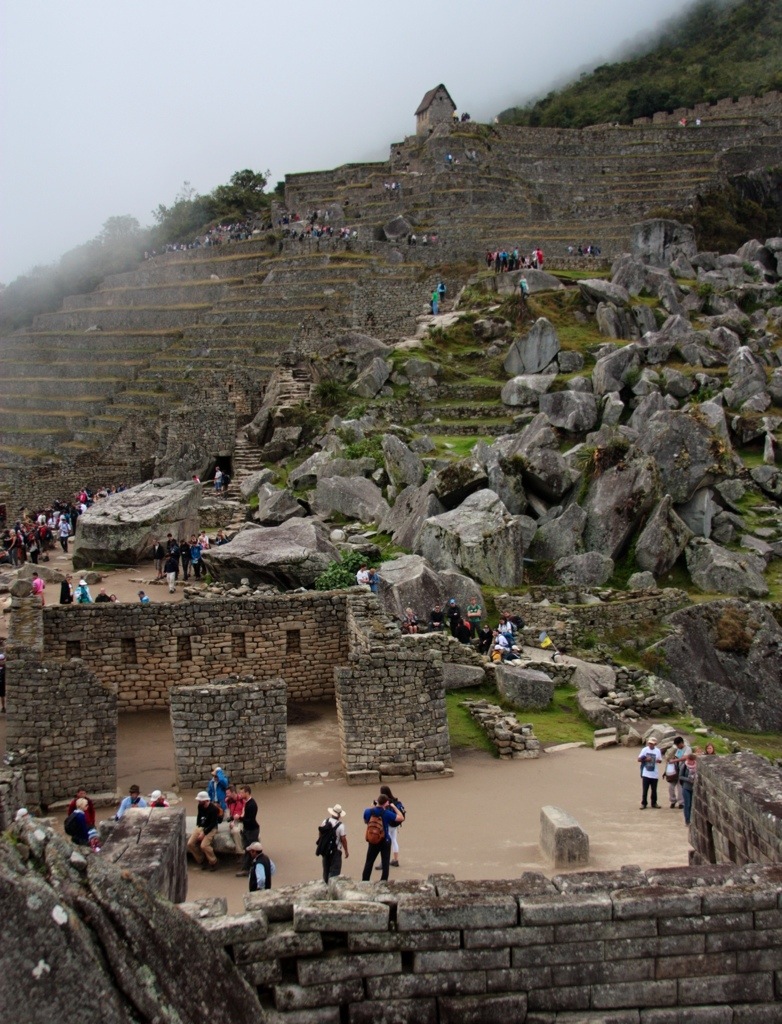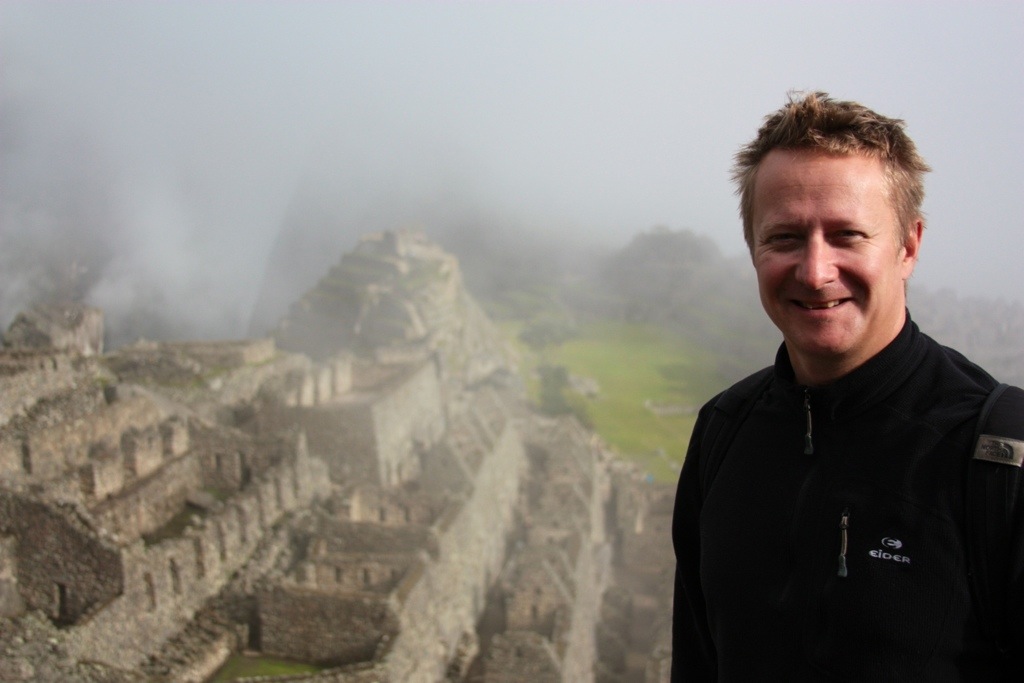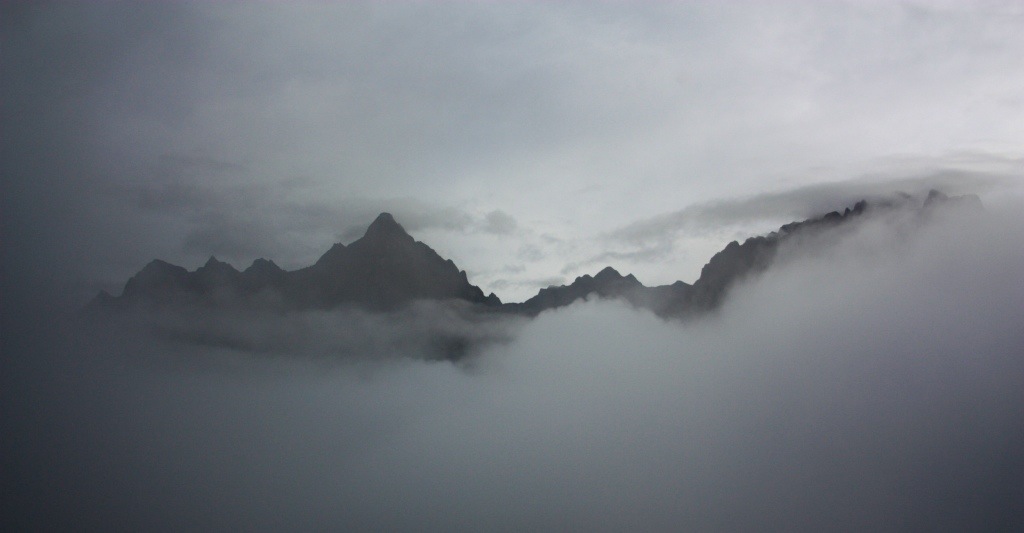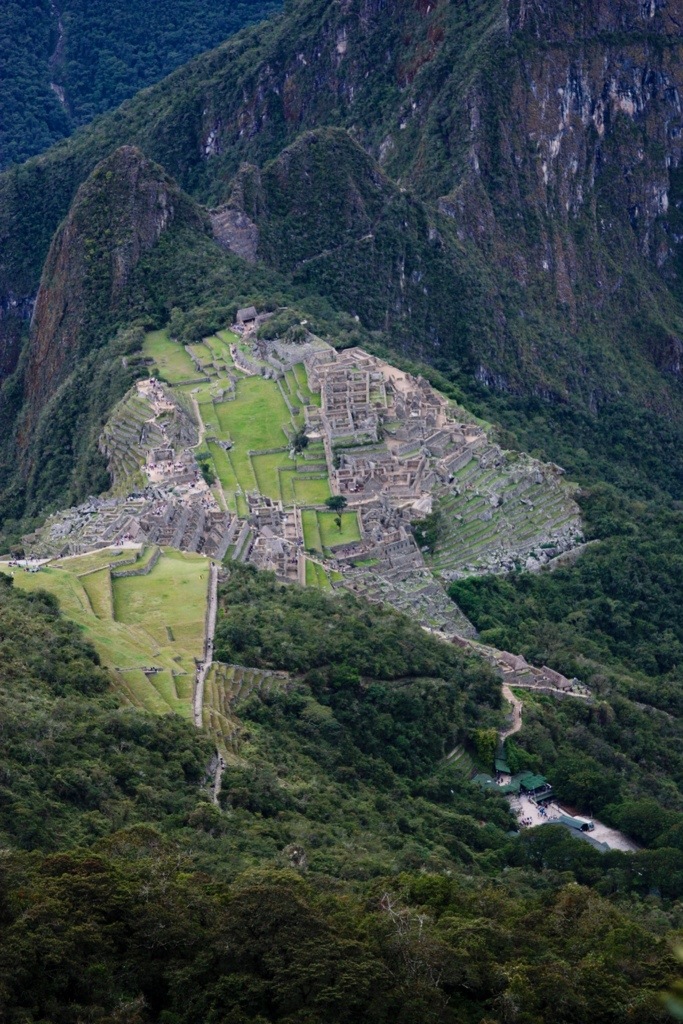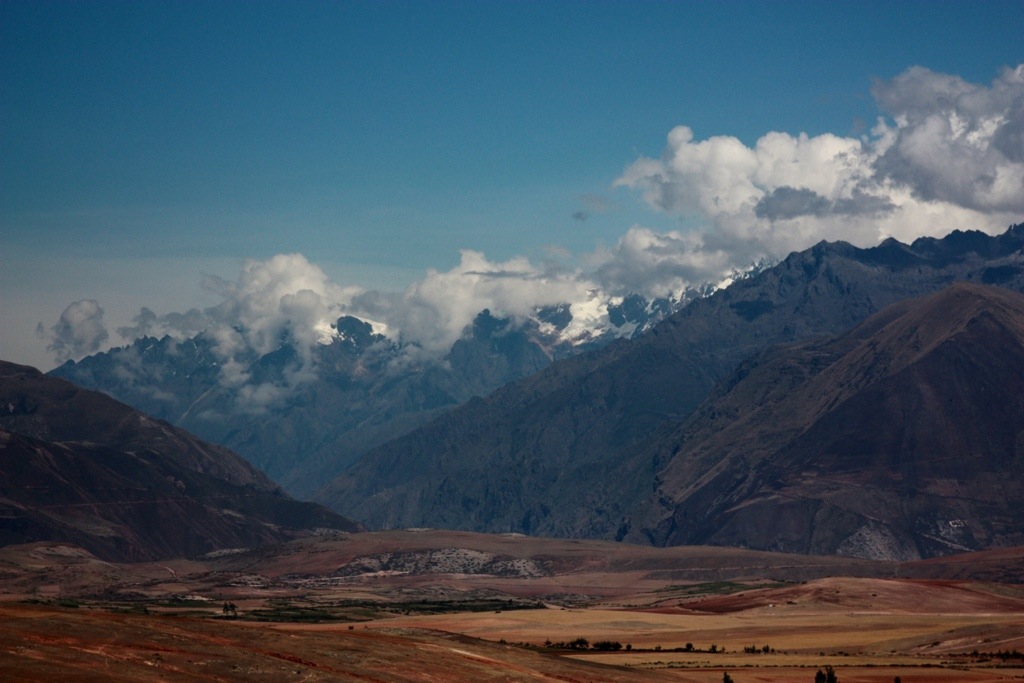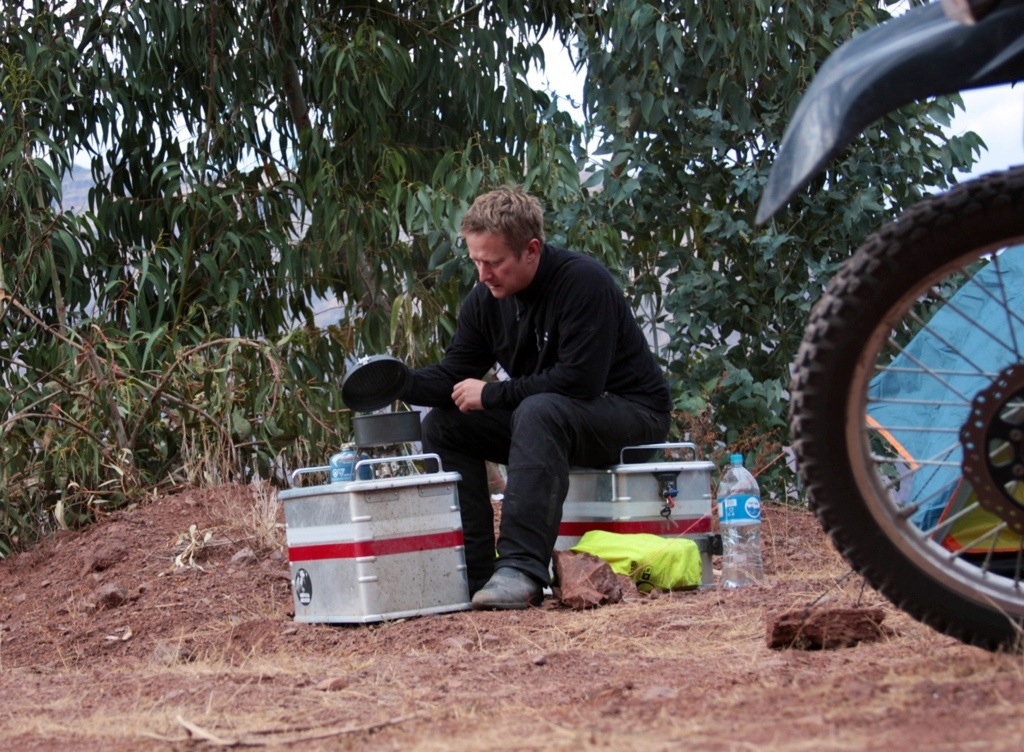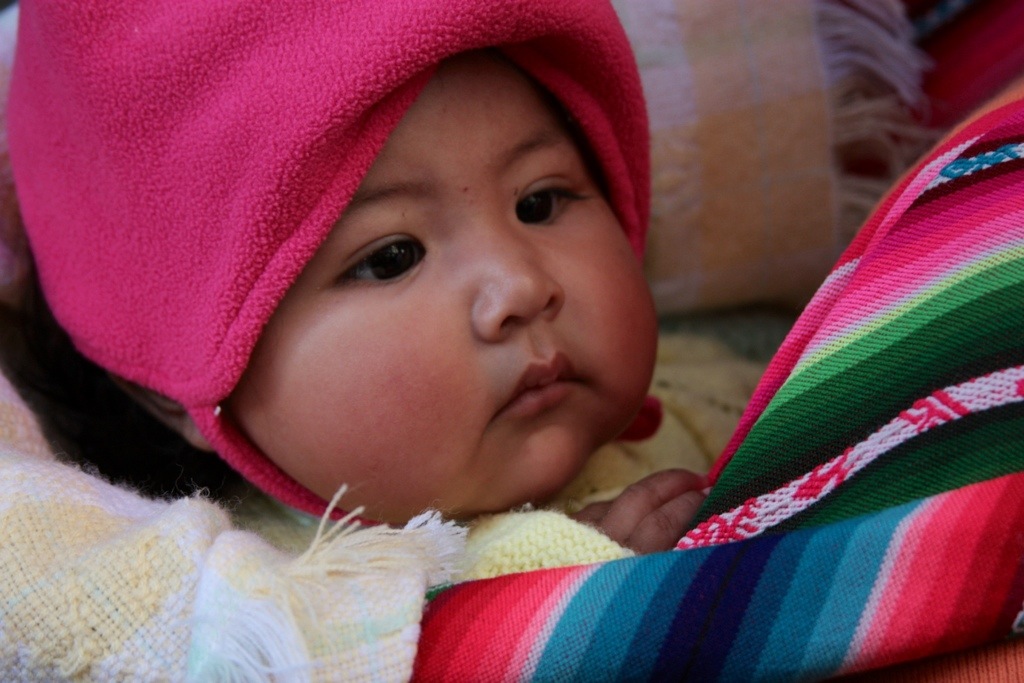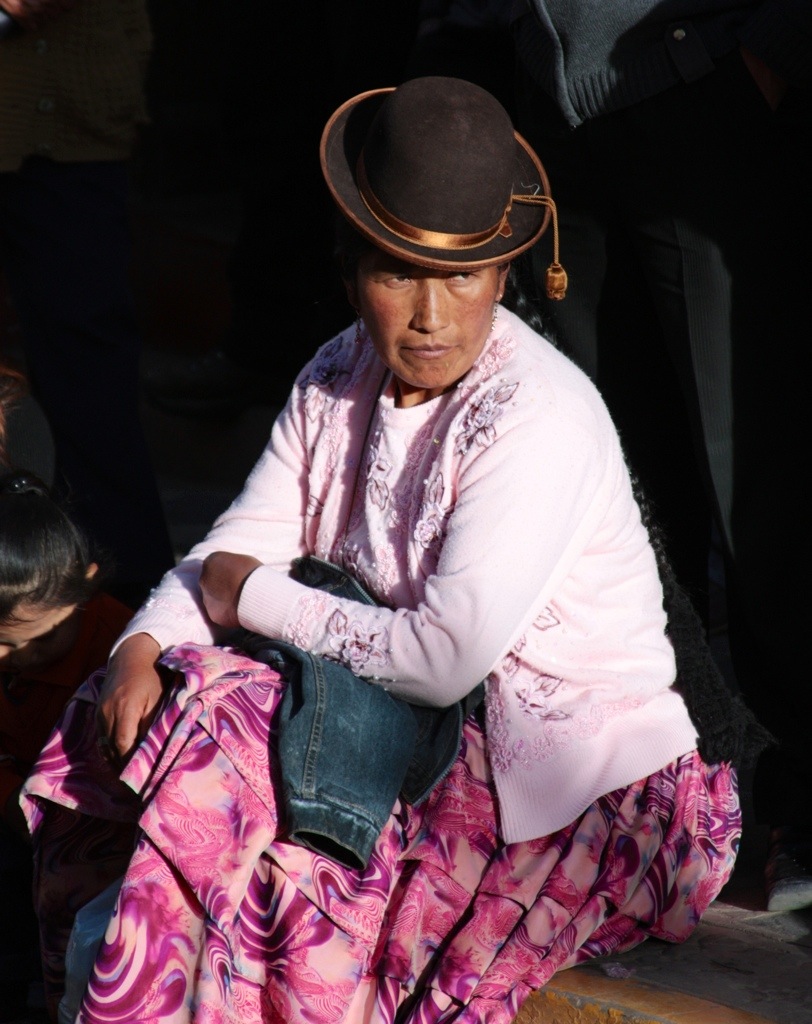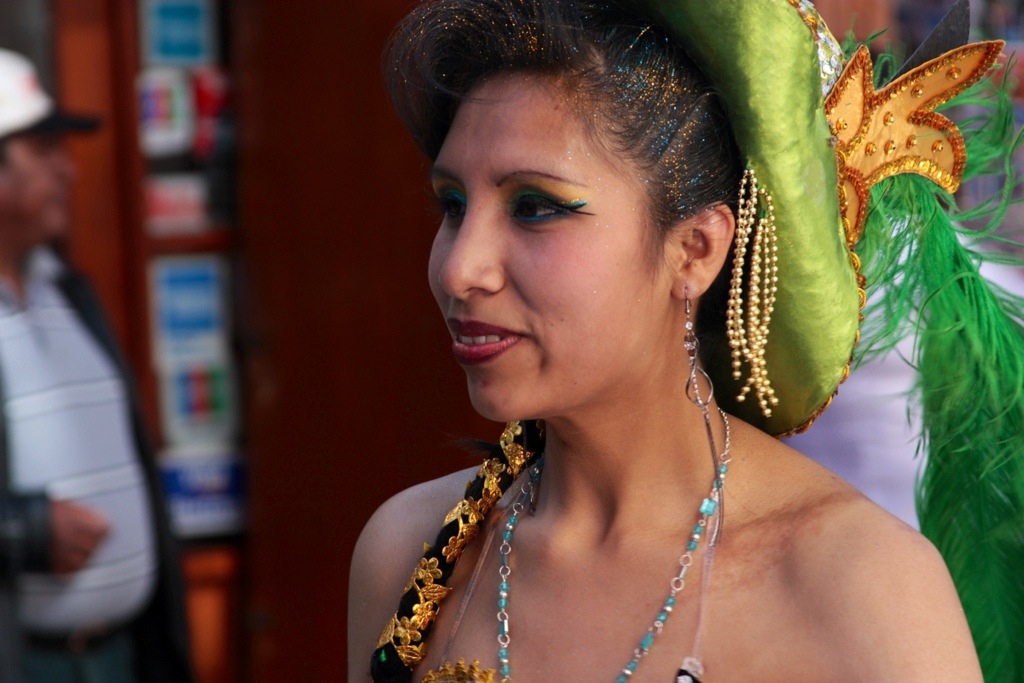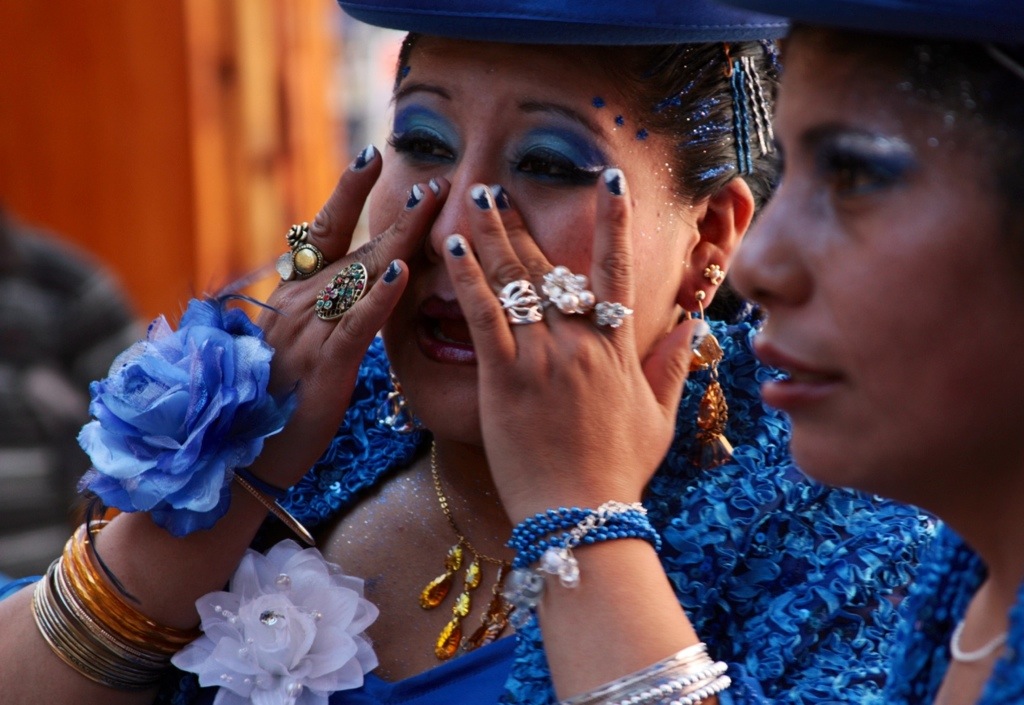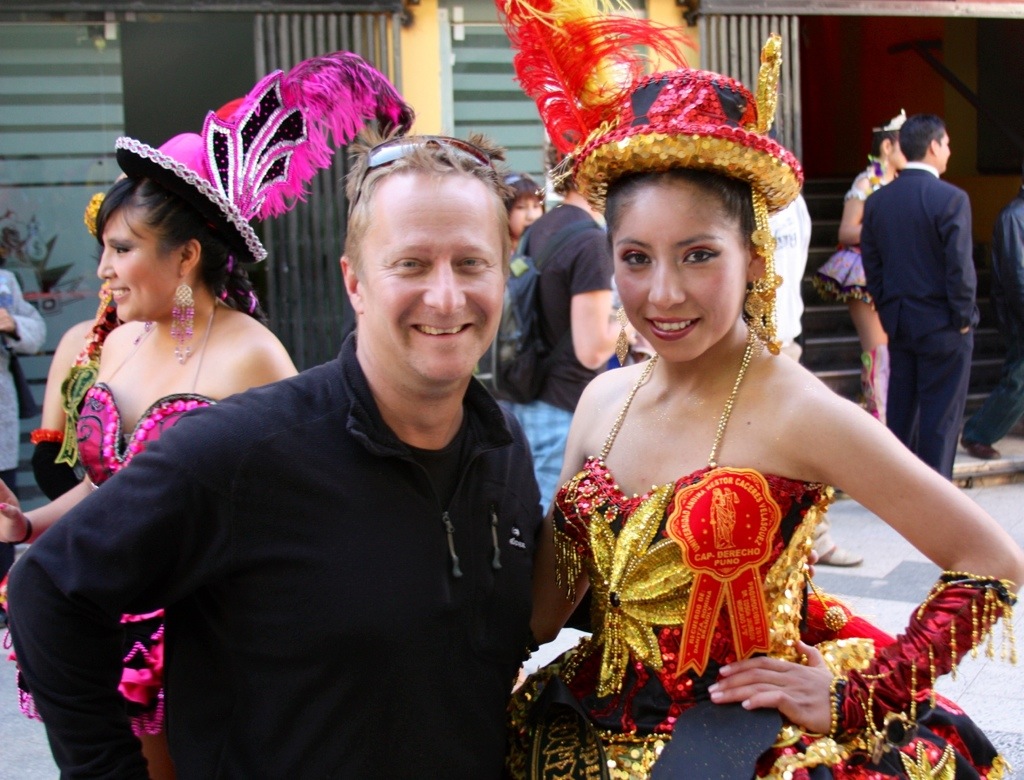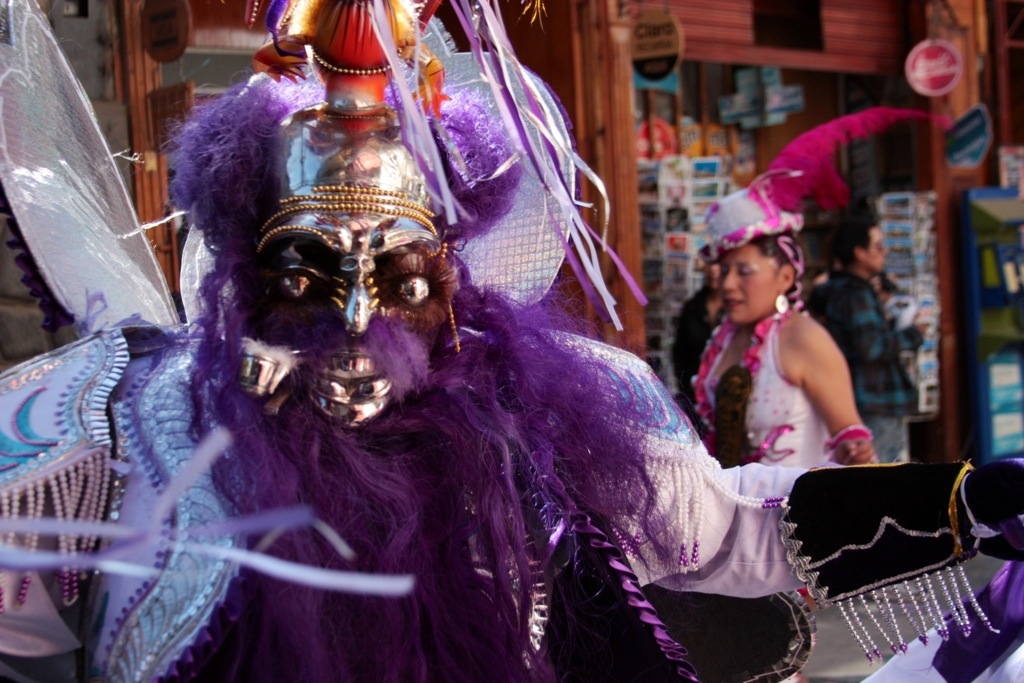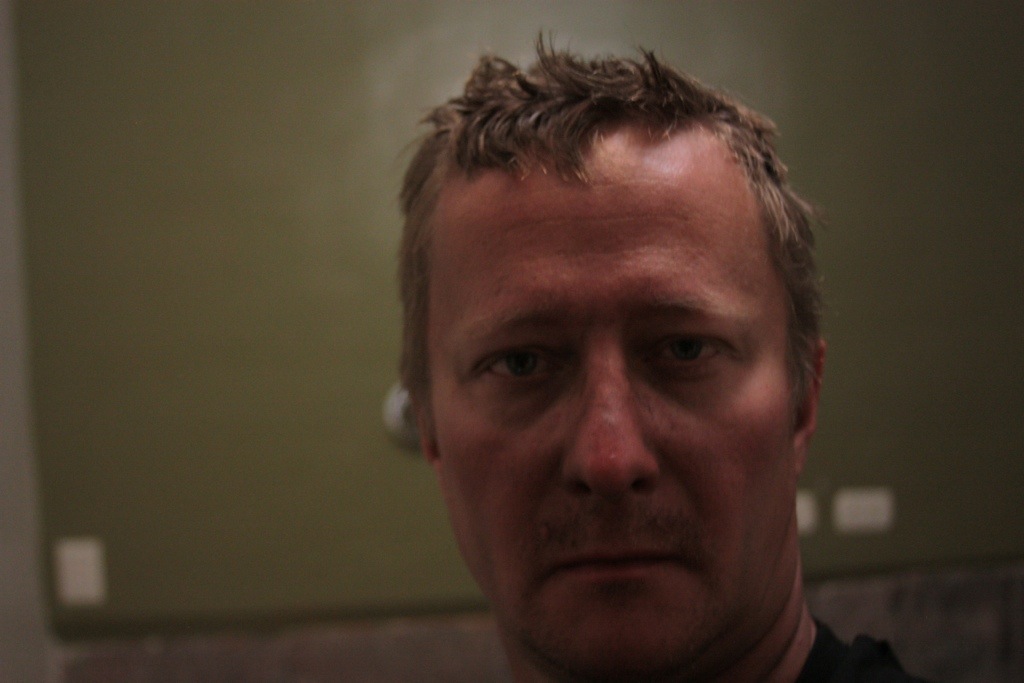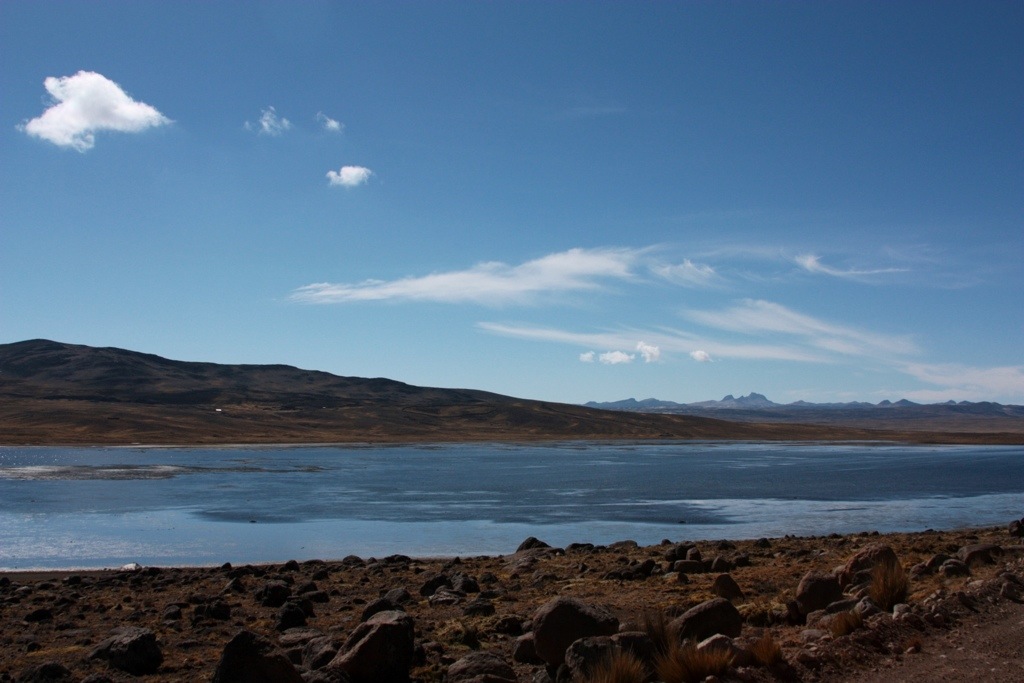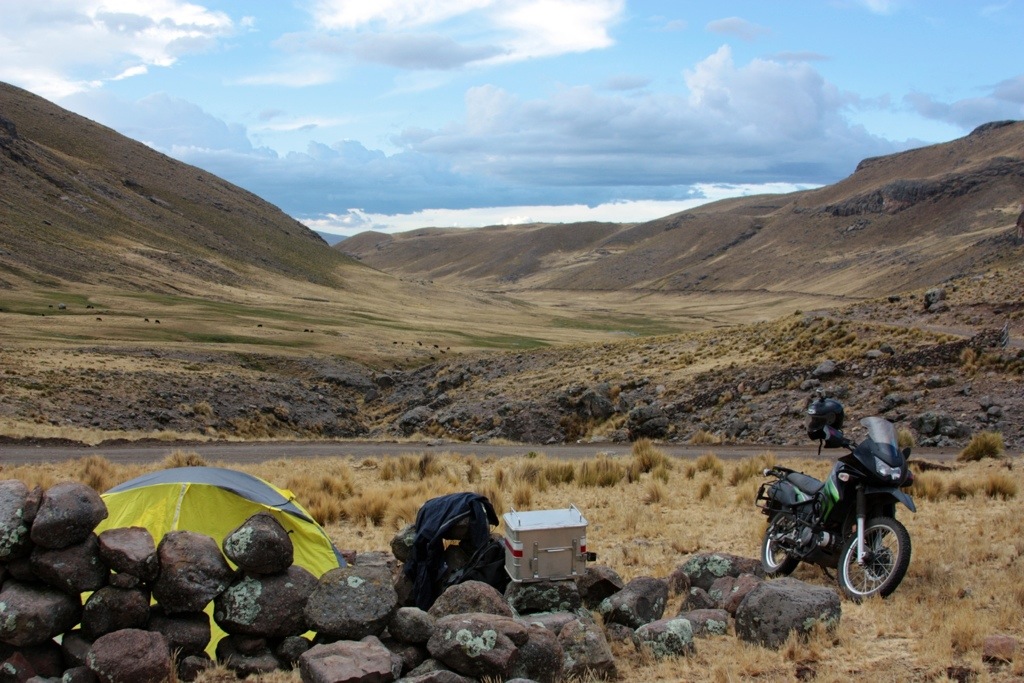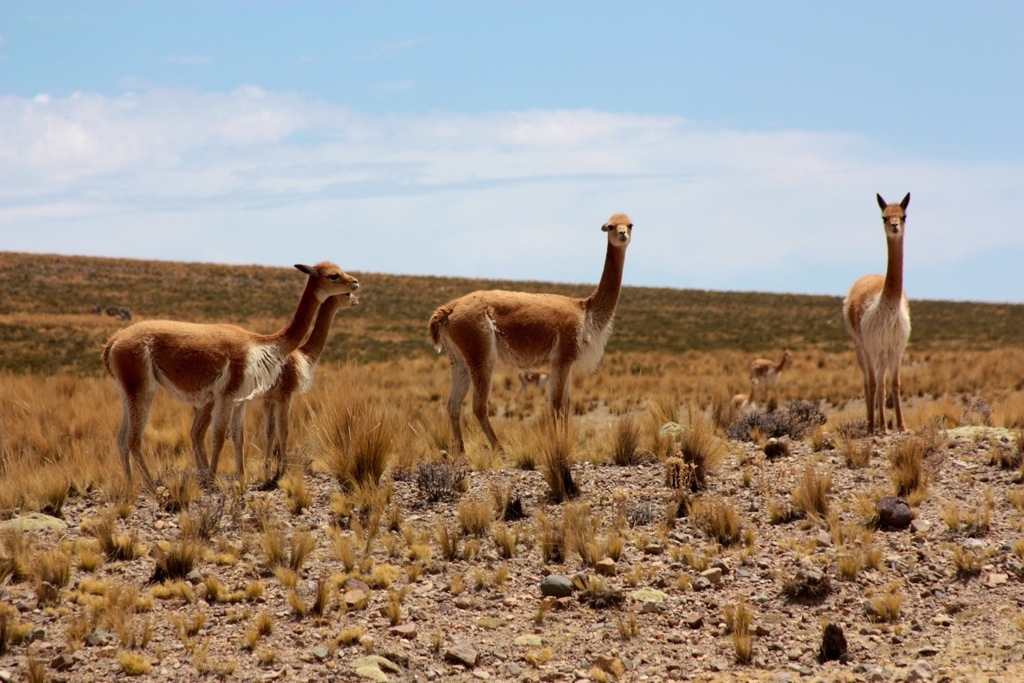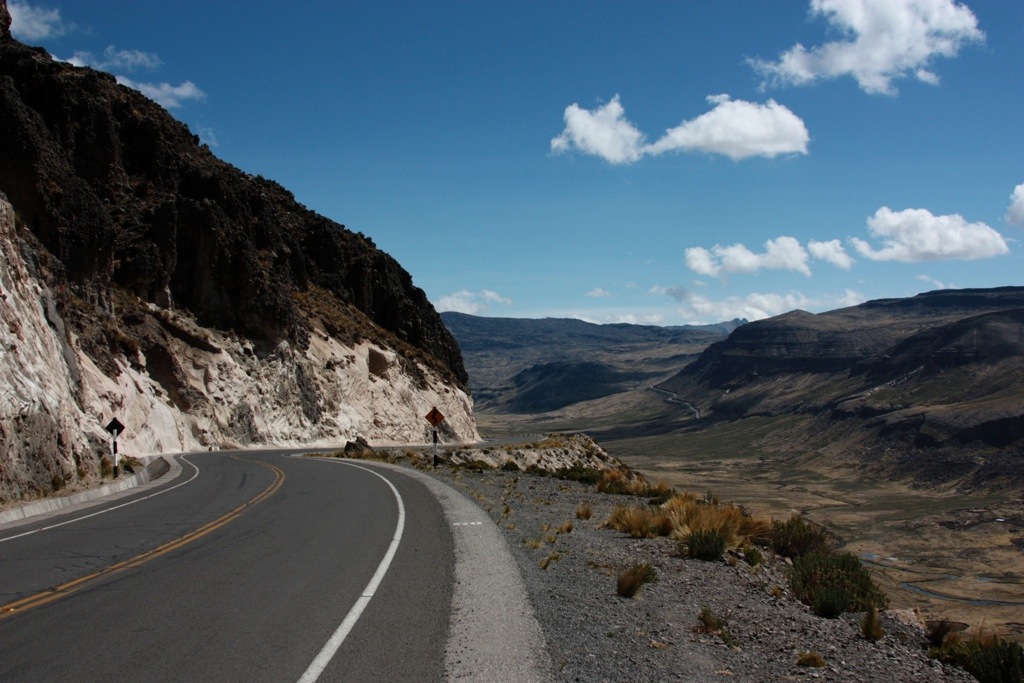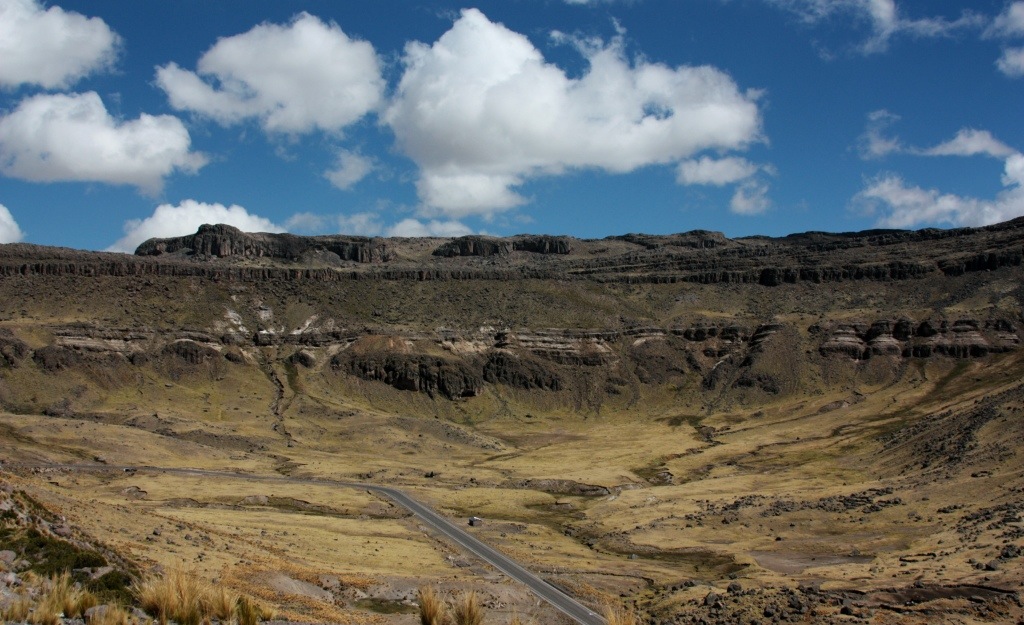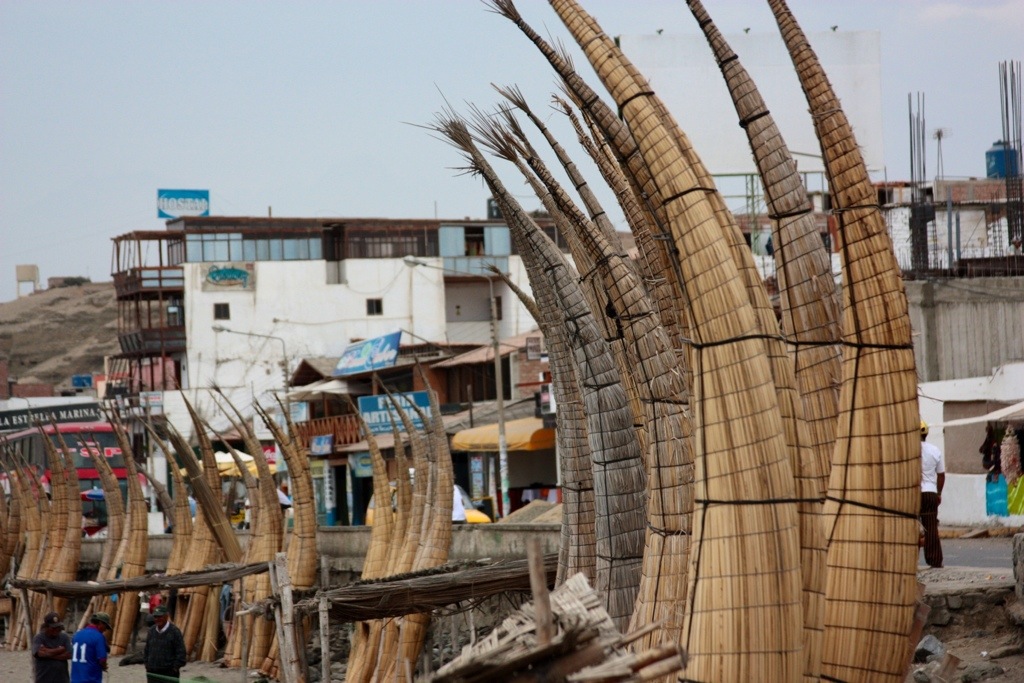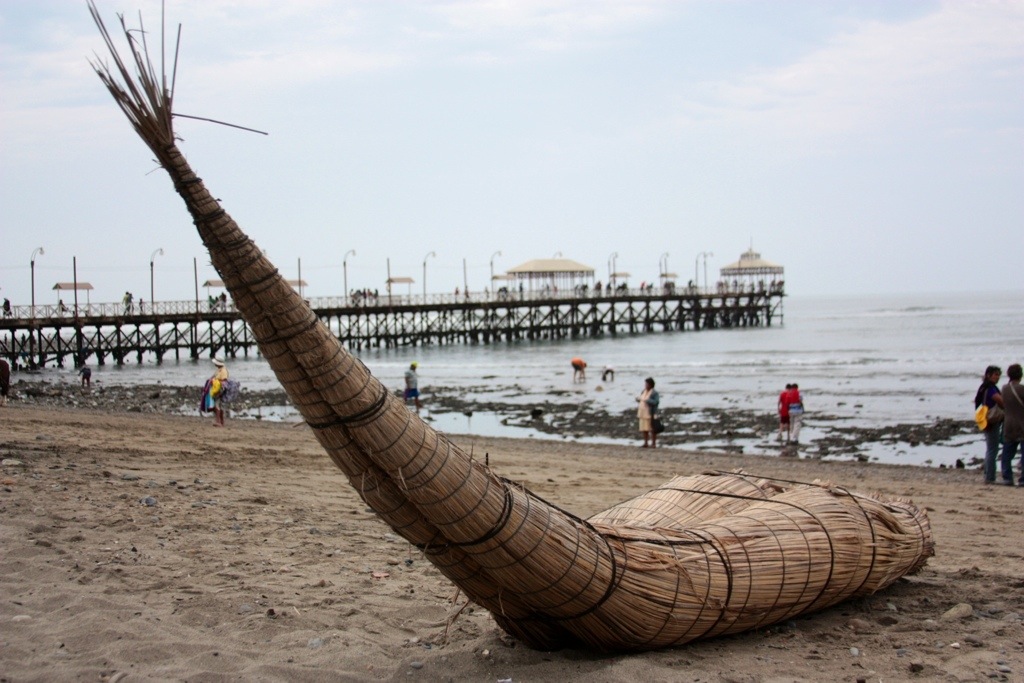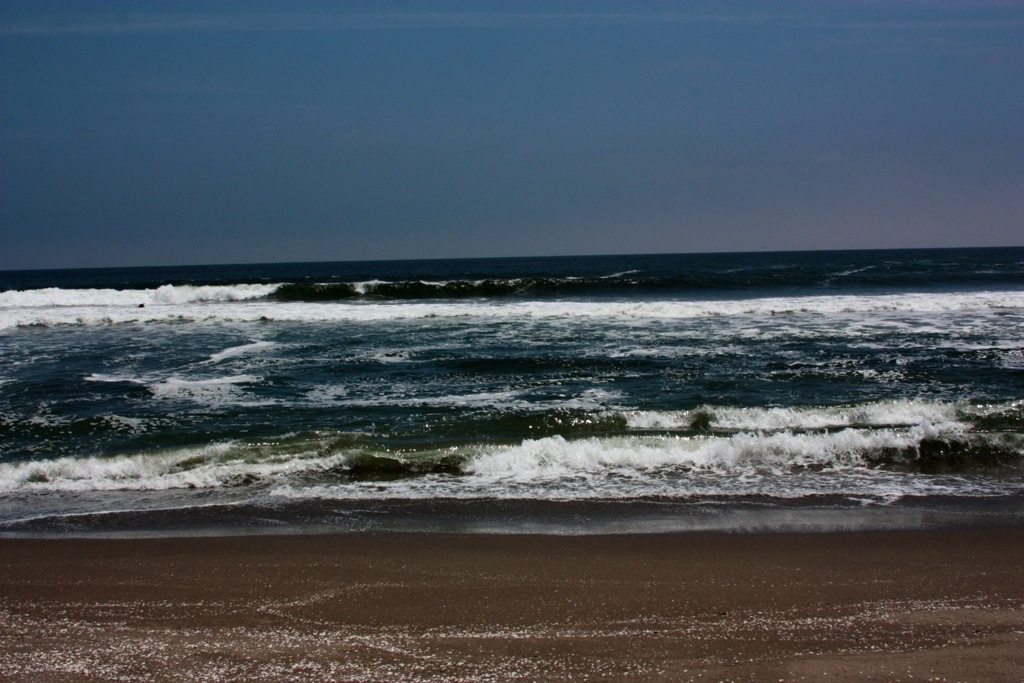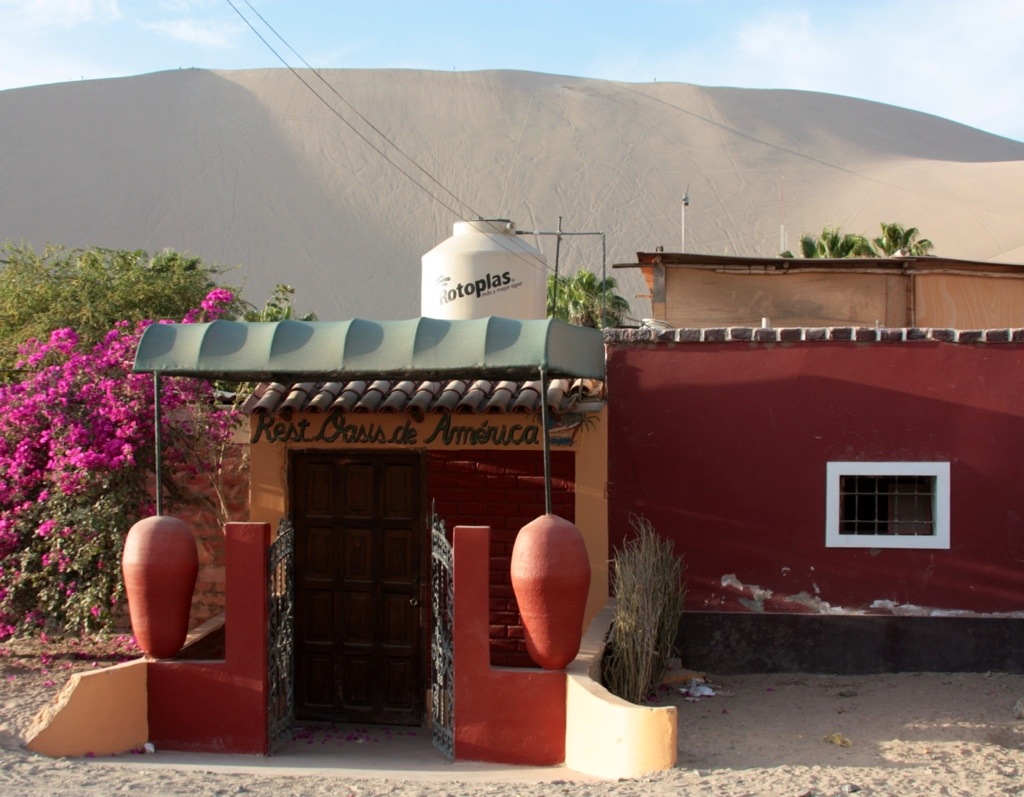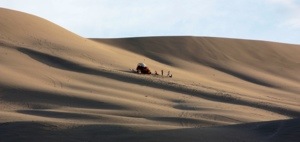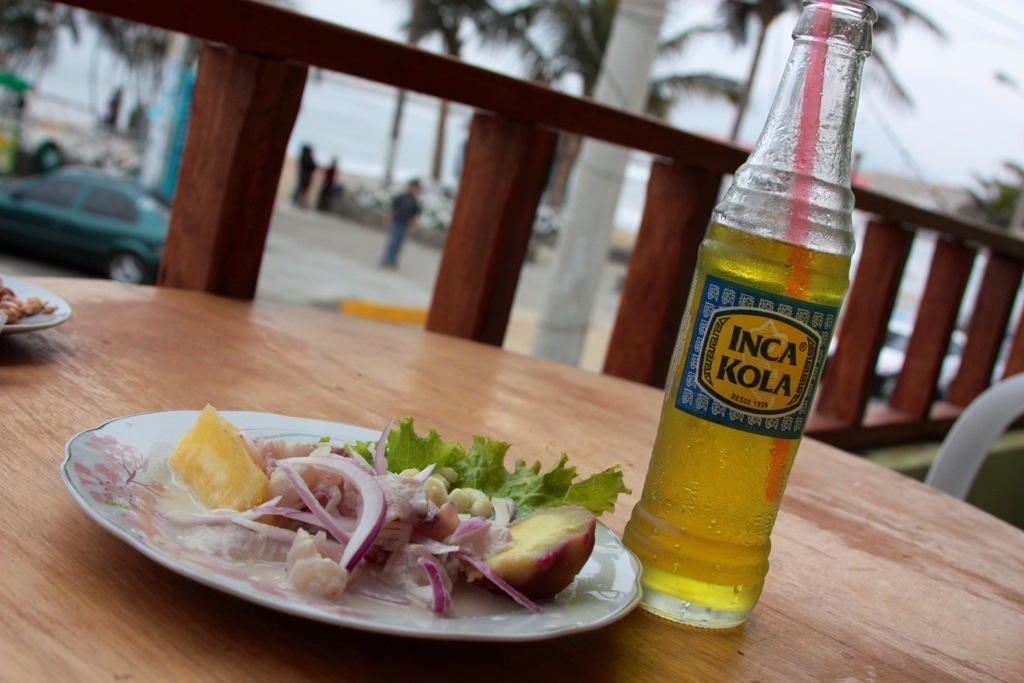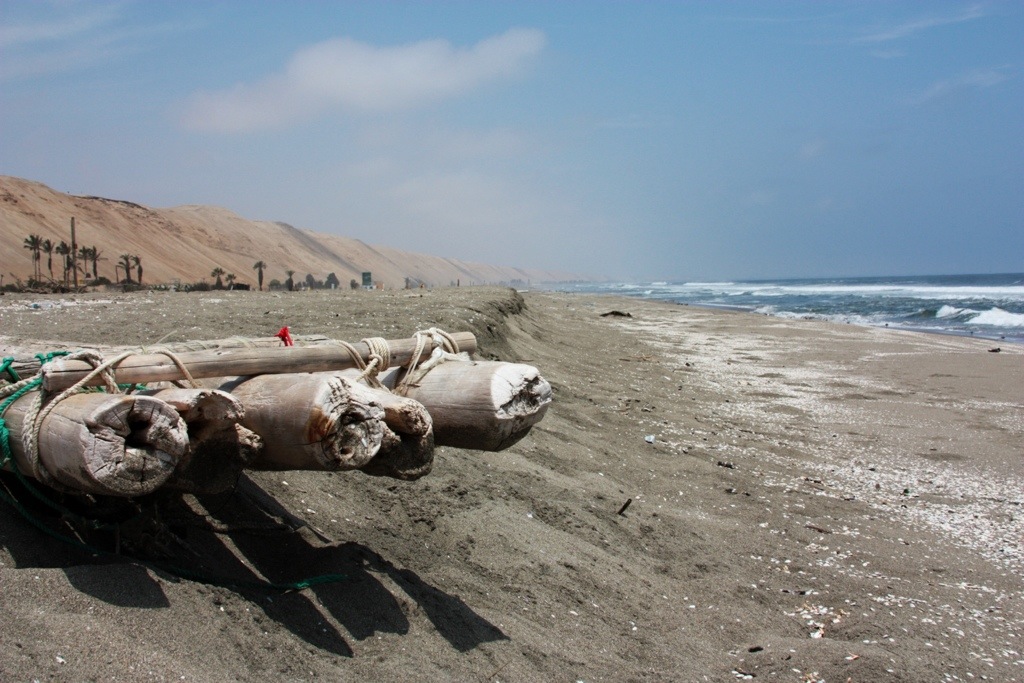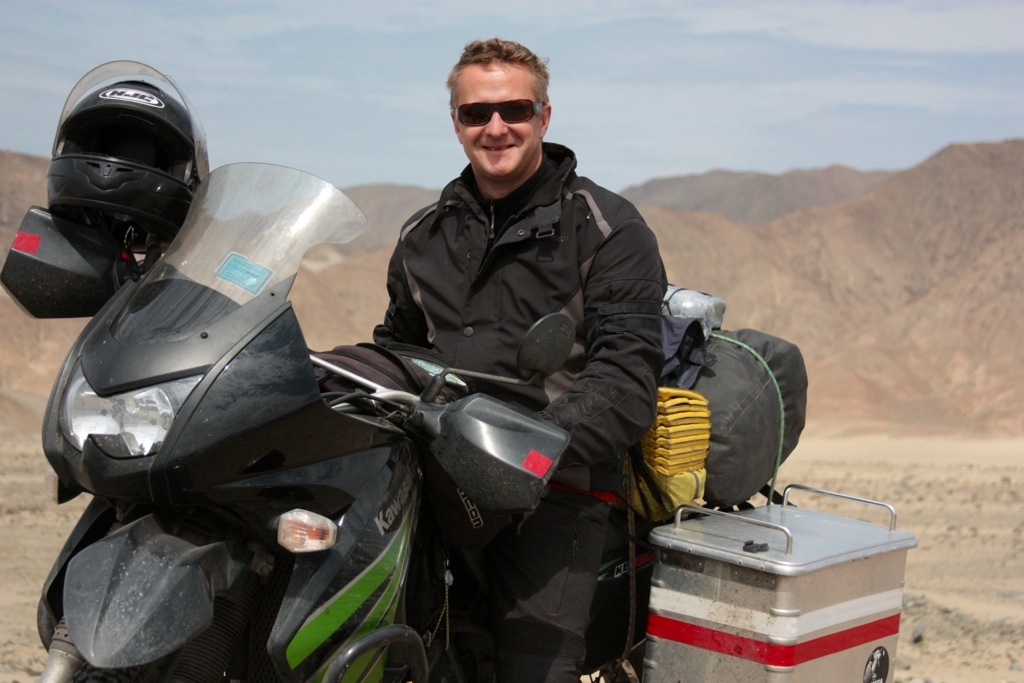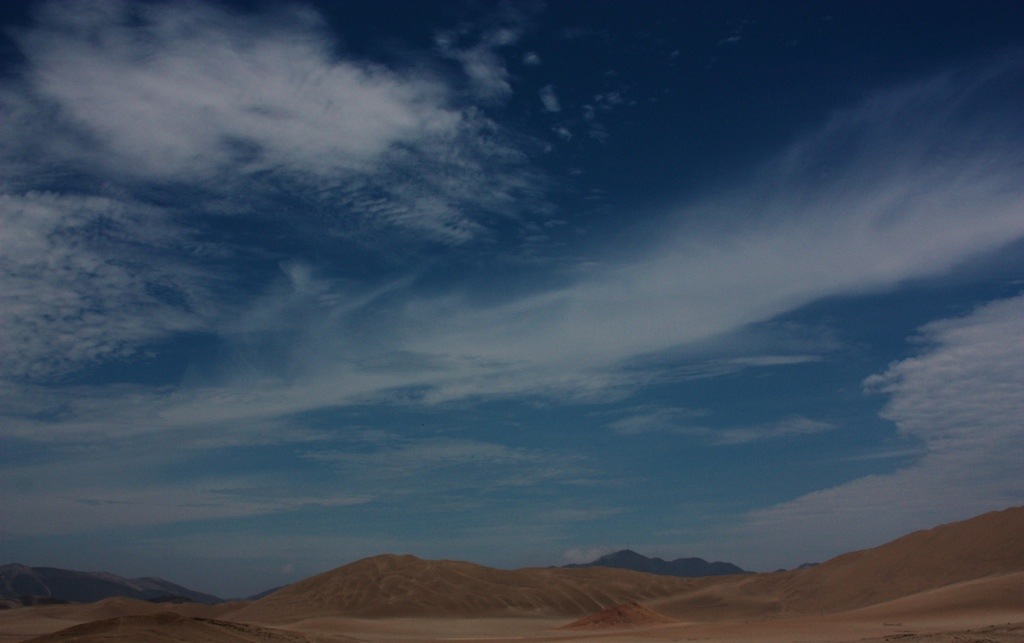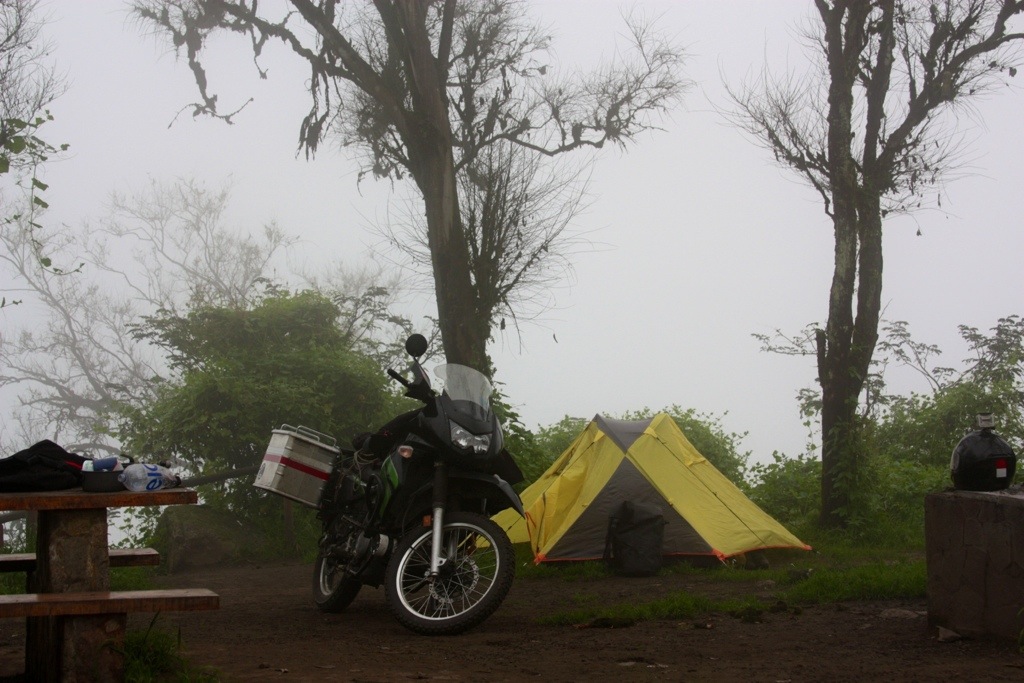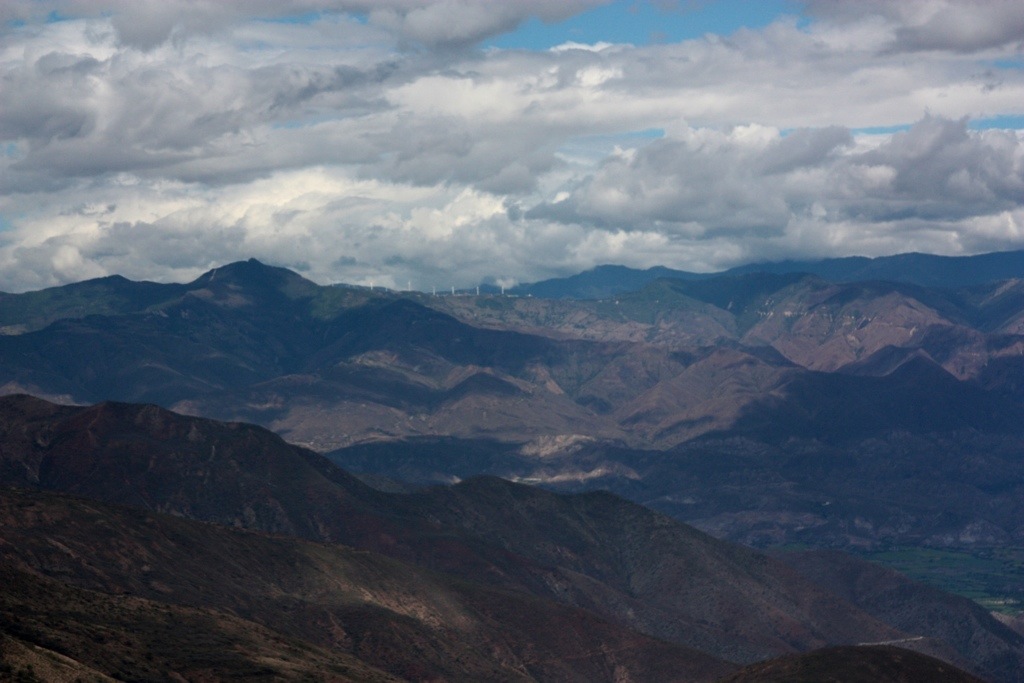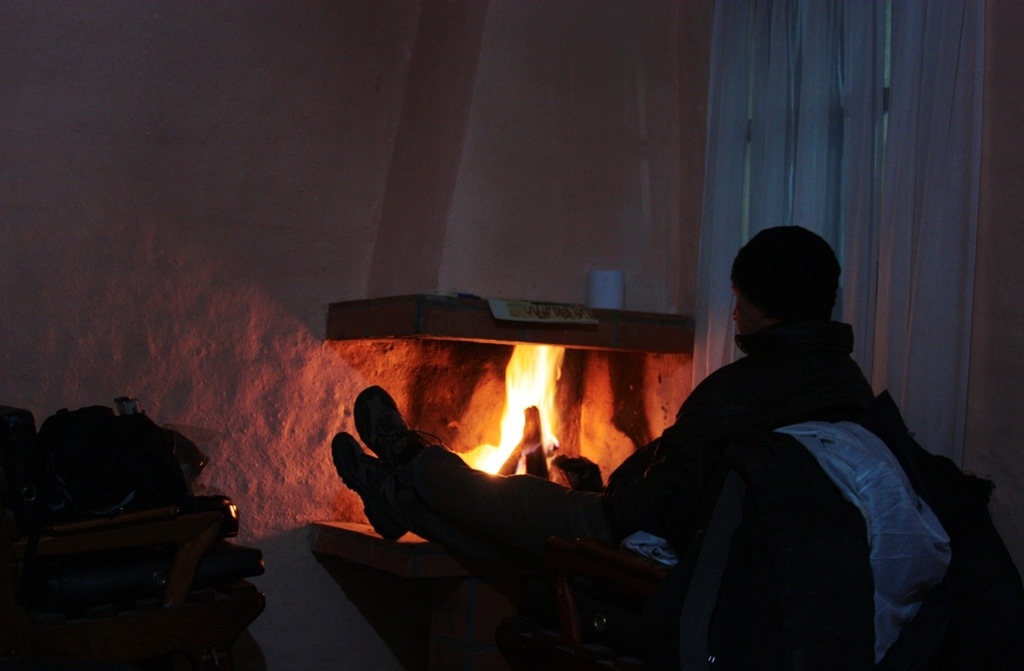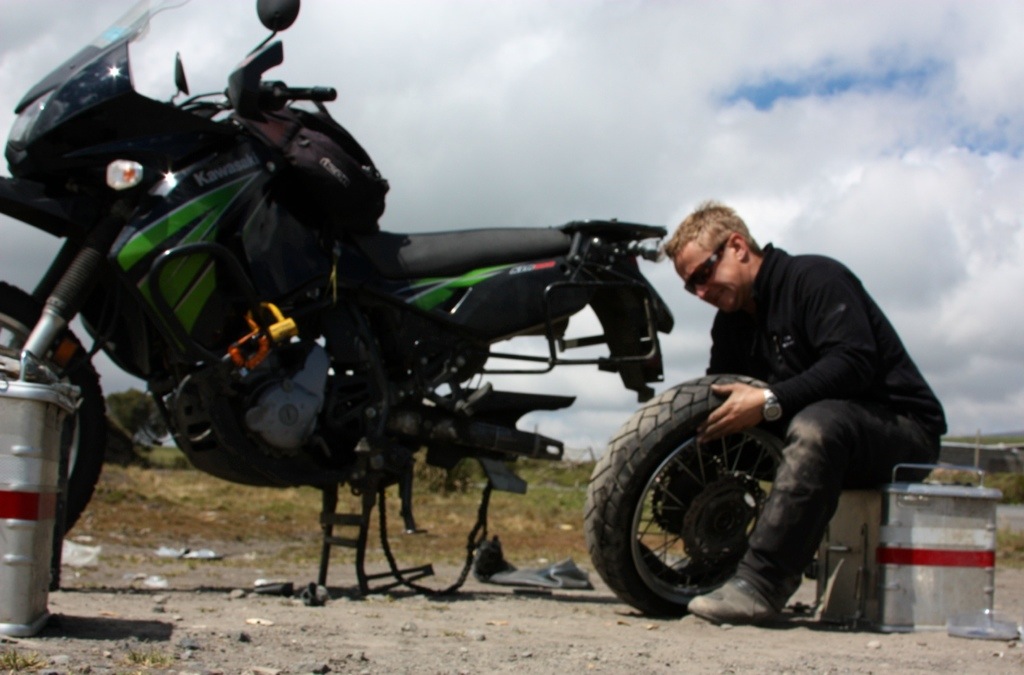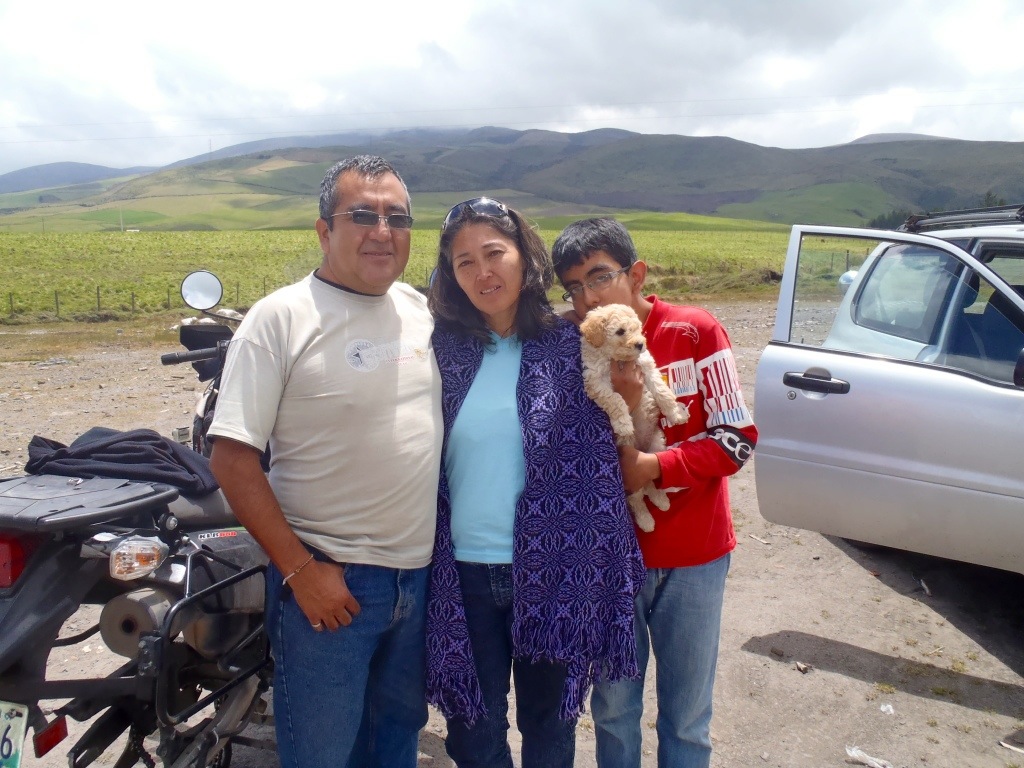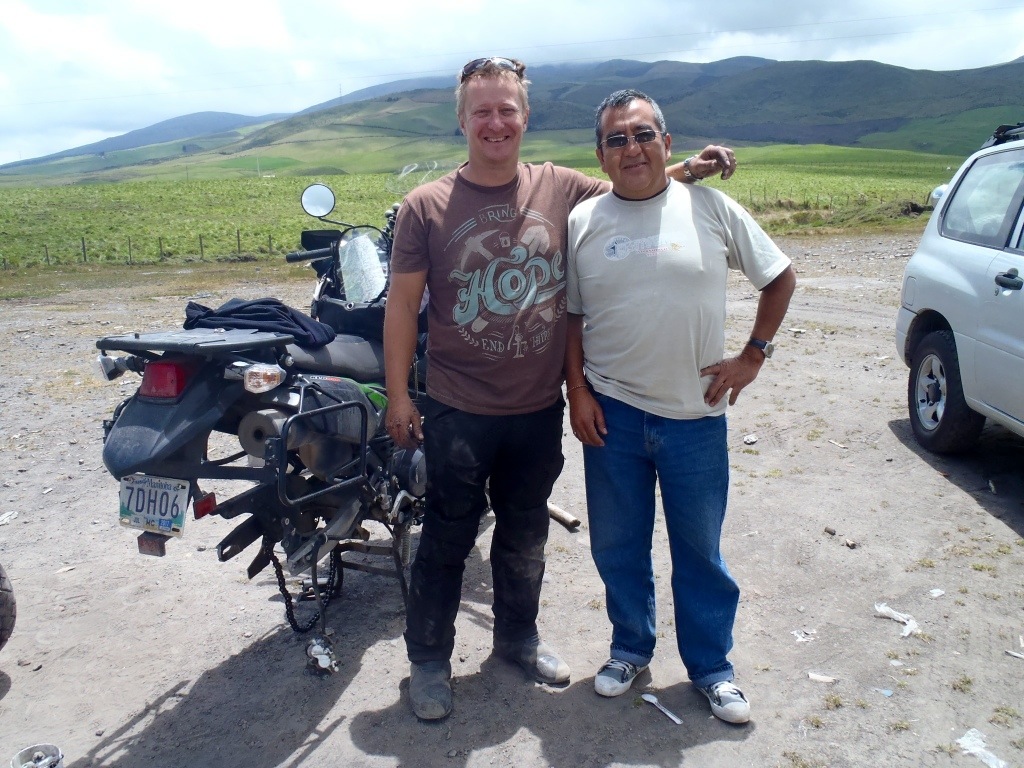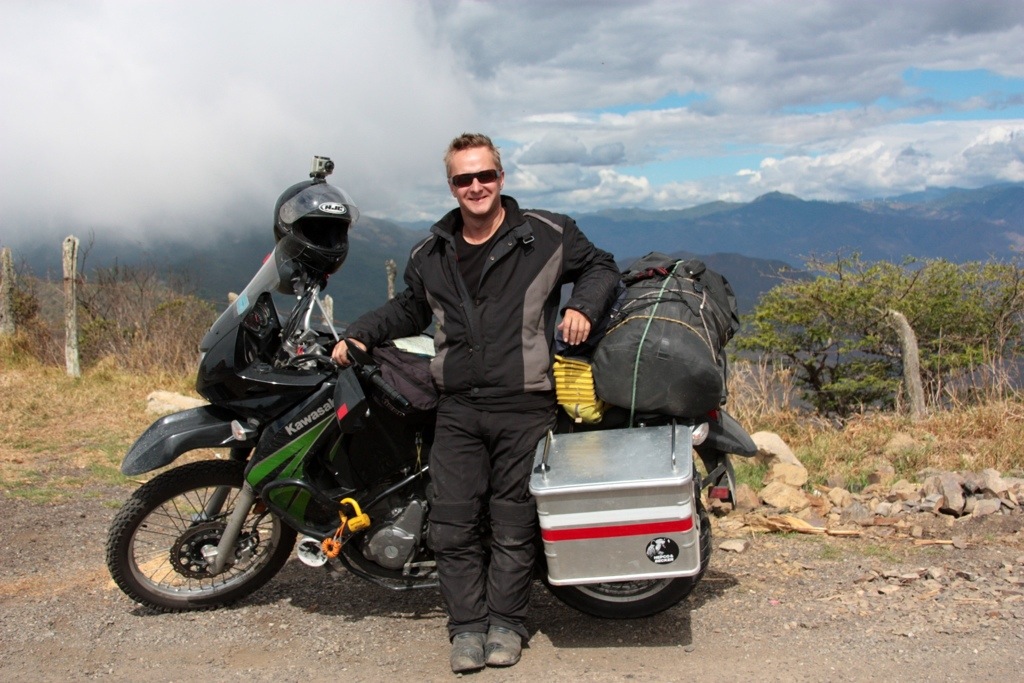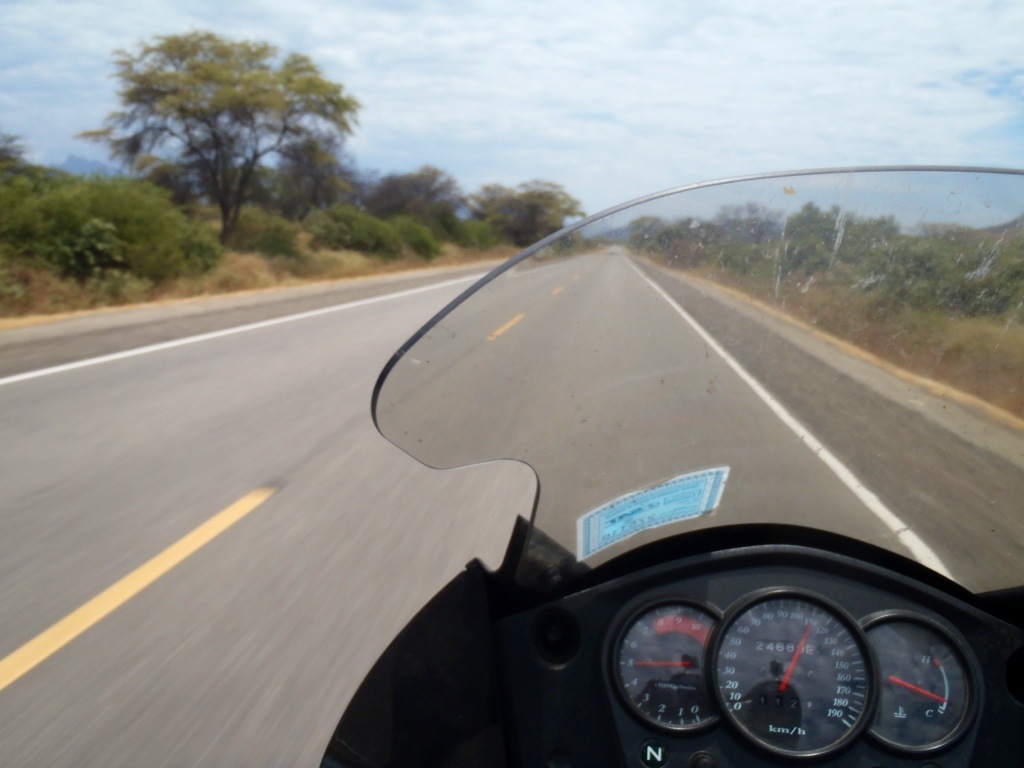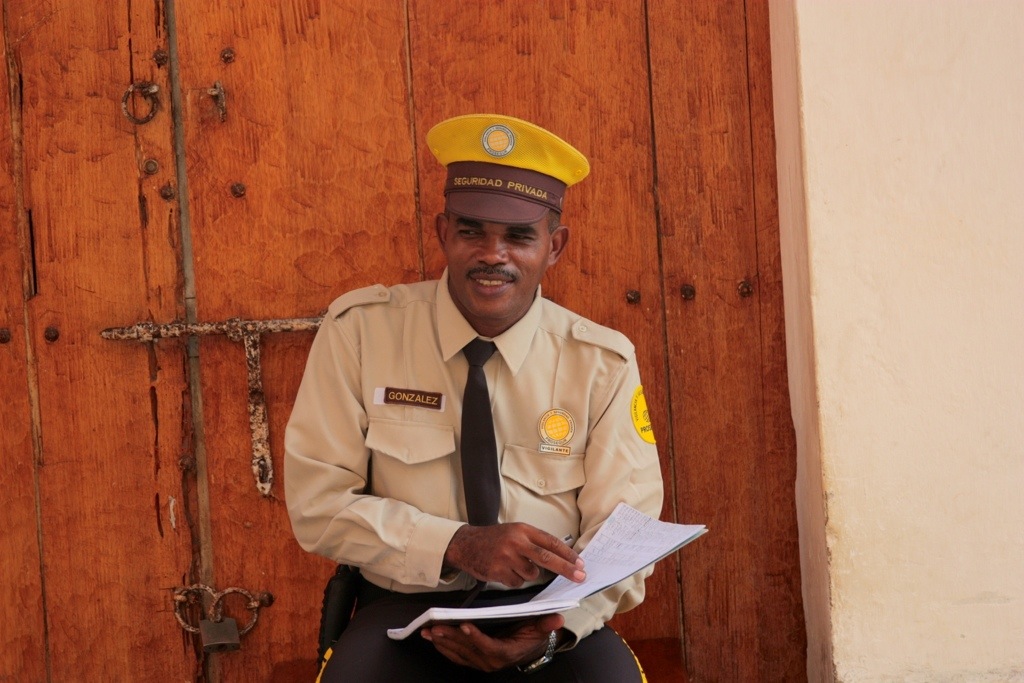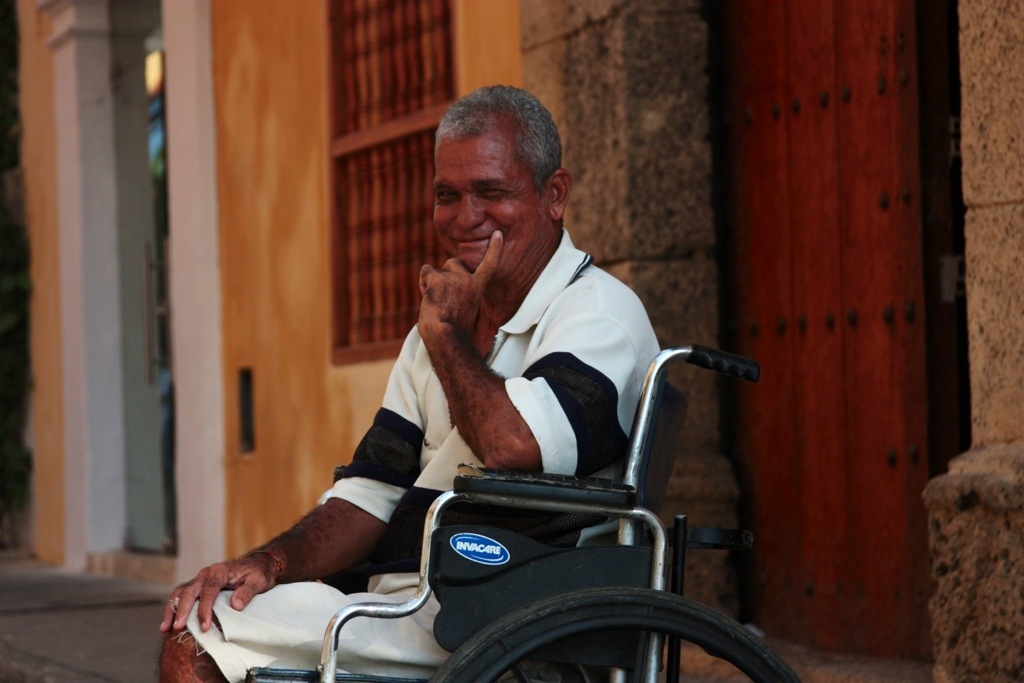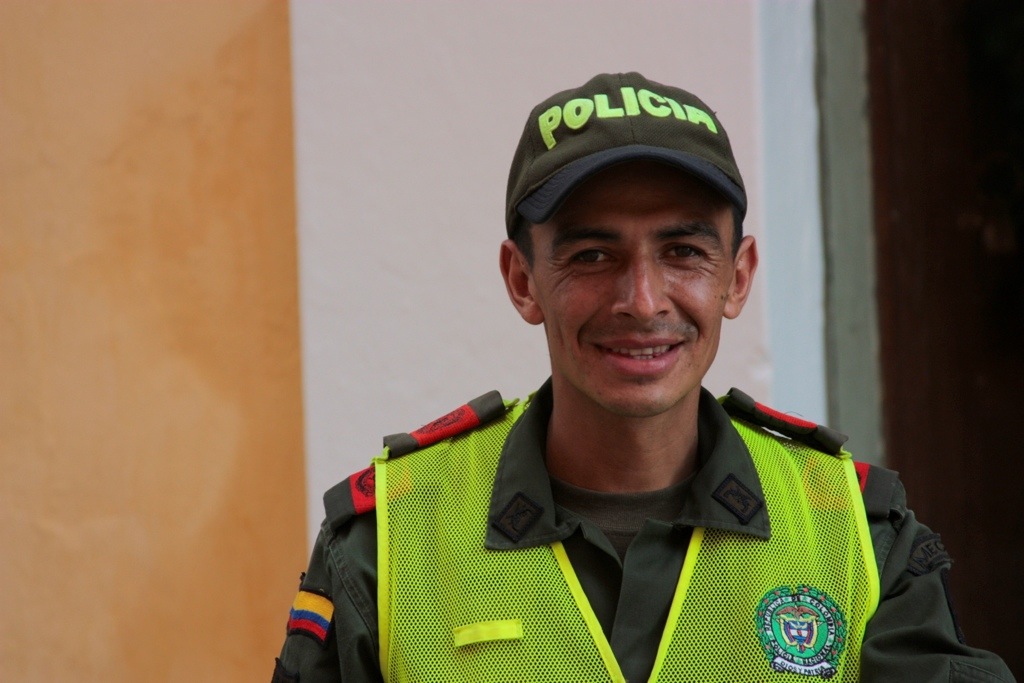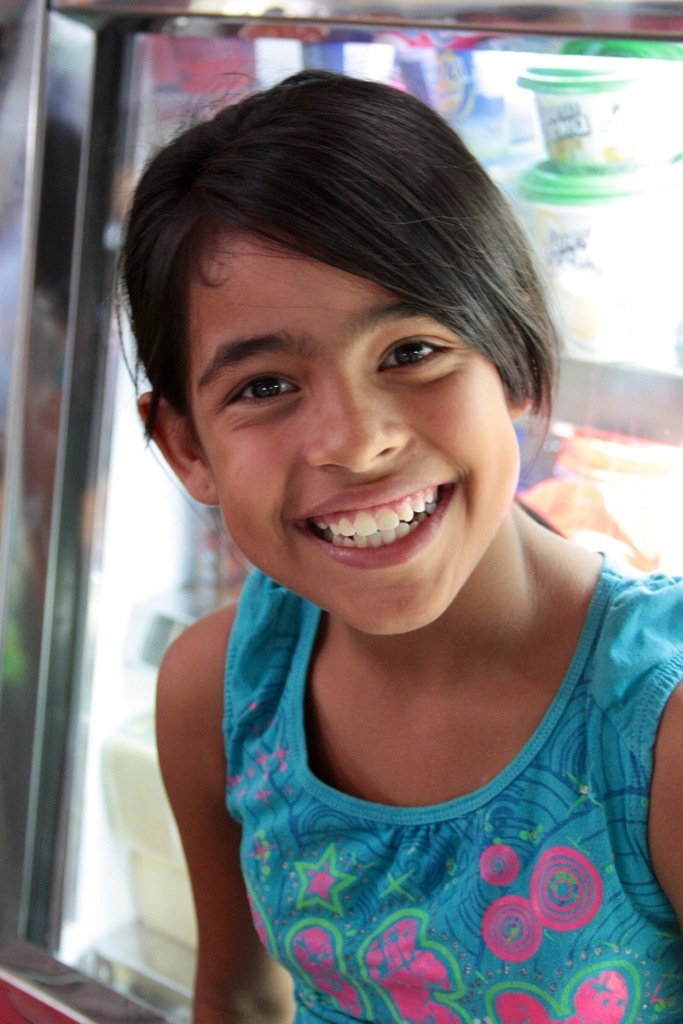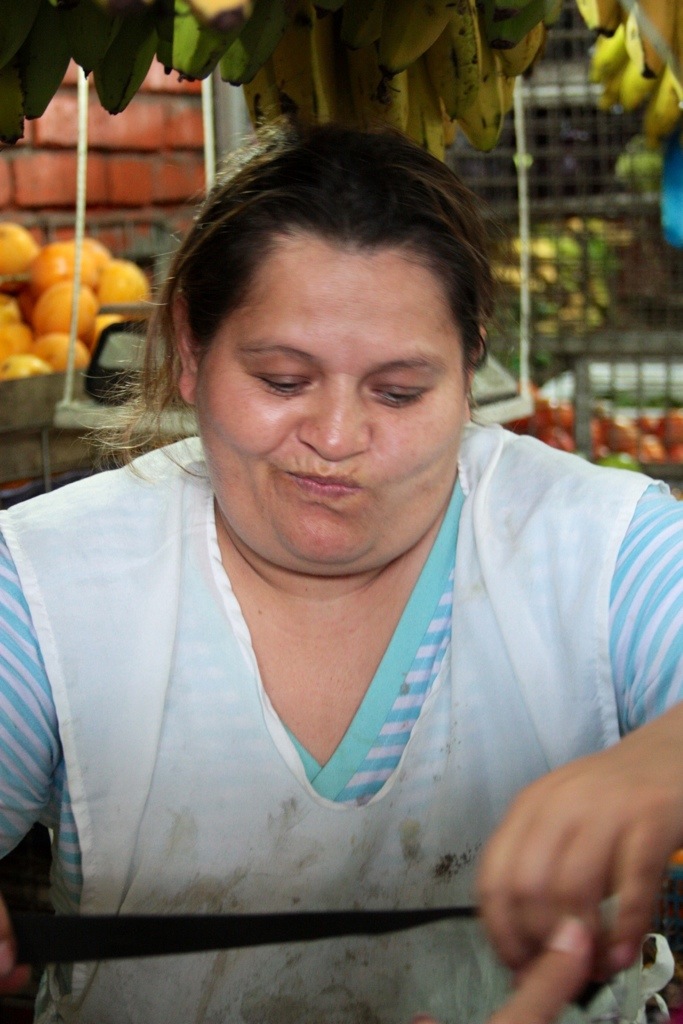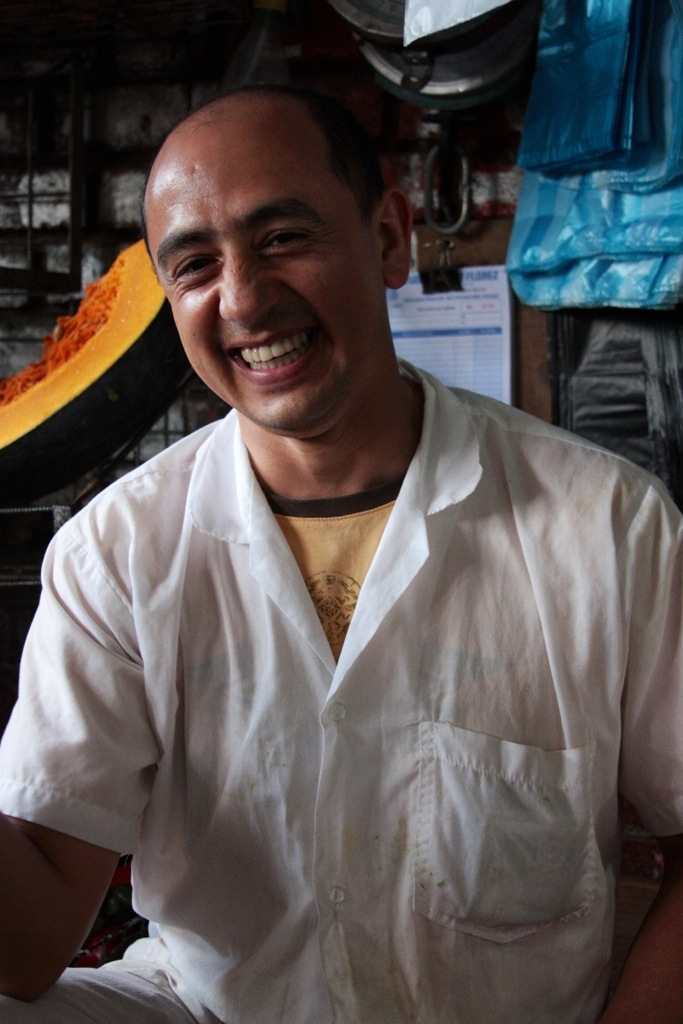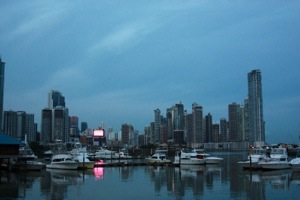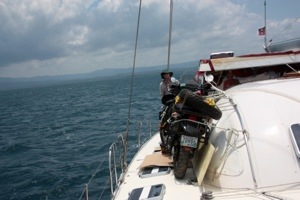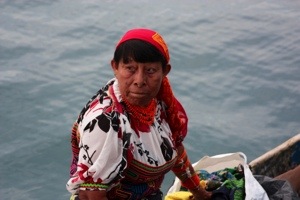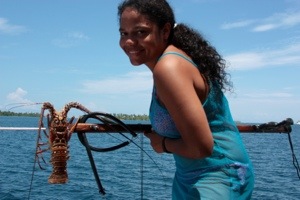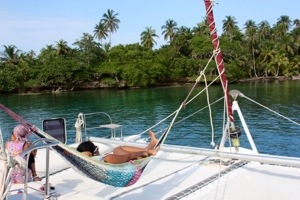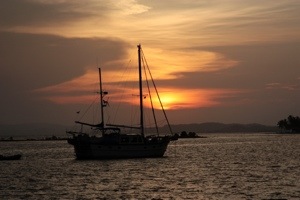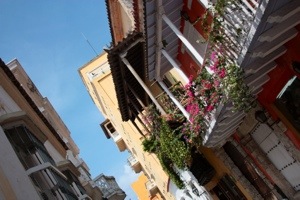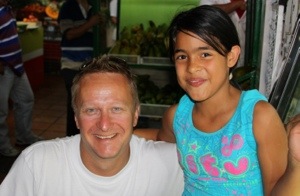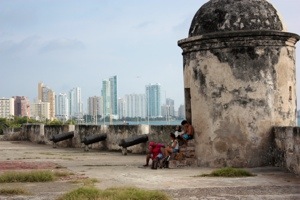I spent more than a week in Loma Plata, Paraguay. This colony was created by Mennonites who left Canada in the 1920s when the Canadian government said they had to start teaching their children English in school. They had a brutal first few years carving farms out of the “Green Hell” of the Chaco. Today it is a fairly open, forward thinking colony (with Spanish as the main language in school), though many of the stereotypes still hold true. They are still struggling to come to grips with being a part of Paraguay, rather than just having a mini-state within the country. It’s the biggest colony in Paraguay, and they have become very rich through farming and industry. They are descendants of families that came to Canada from Russia on the same ship my great Grandfather came on in 1874.
It was election time when I was there, and Andreas Neufeld is the outgoing president of the co-op, which runs just about every big business in town. It has annual revenues of $750 million. He has some interesting views on what Mennonites need to do to survive, many of which included more cooperation with the national government and better integration with Paraguayans. I agree.
These two dudes at Classic Moto helped me fix my leaking “chjiela” (radiator), put on a new tire and make other small repairs to the bike. Thank you Randy Fehr and Dorien Funk for the laughs, mechanical help and gallons of tereré you served me across this counter.
The old Explorers Club flag and I in front of the first Mennonite church in LatAm, in Loma Plata, Paraguay. I told the club the mission of this “flag expedition” was to get a sense of what modern Mennonite culture is. I think I’ve got a pretty good idea by now.
Helmut Neufeld and David Fehr spent a day showing me Menno Colony and a few historical spots in the area.
The next day I drove to Porto Casado with Rudy Harder (above), David Fehr and his brother Peter. This is where the Mennonites first arrived in the Chaco. We visited the cemetery, where the men found some of their relatives that didn’t survive the trip.
We ended the day by fishing in a Chaco pond. It was a lovely afternoon of fishing, eating, and telling stories. This is David Fehr.
Peter untangling his line…
This is just after Rudy put his trousers back on. He lost his line in the pond, so he had to strip down to his undies to retrieve it. I didn’t take any photos, but we gave him a pretty hard time for it. I think they had blue polka-dots on them.
A cookout over the fire, where David whipped up a giso (below). I’m told it’s an institution among Chaco ranchers, and I ate it several times while I was there. Very tasty.
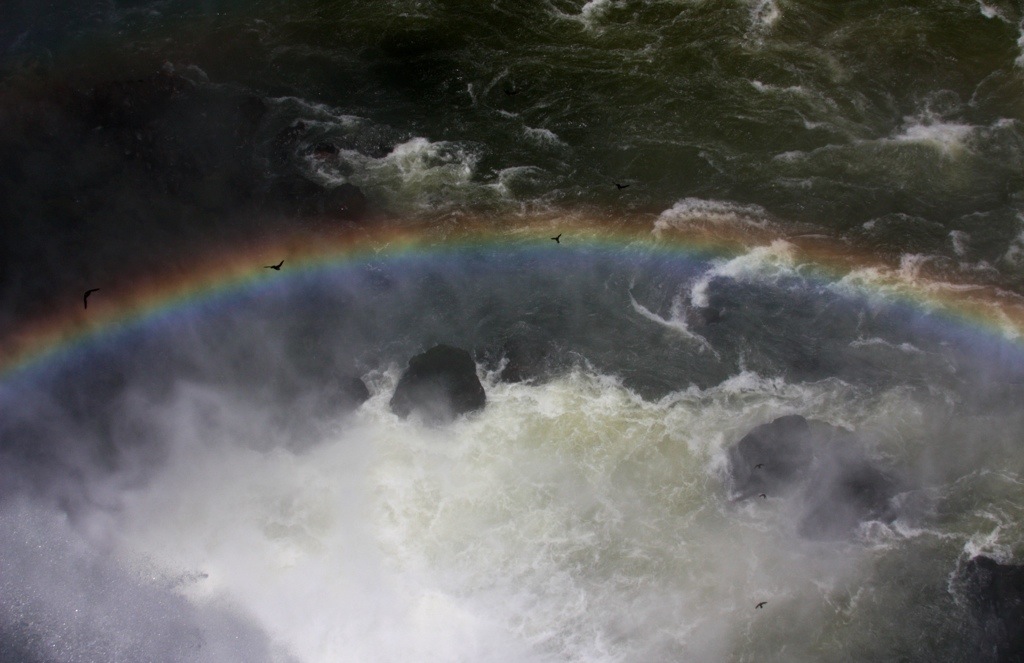
The first time I entered Brazil, in 2004, I did so illegally without a visa. I was caught and sent packing. I did it again on this trip, sneaking across the bridge from Paraguay to go see Iguazu Falls and then crossing properly the next day, since I only have a single-entry visa. And when I got to the falls…a rainbow!
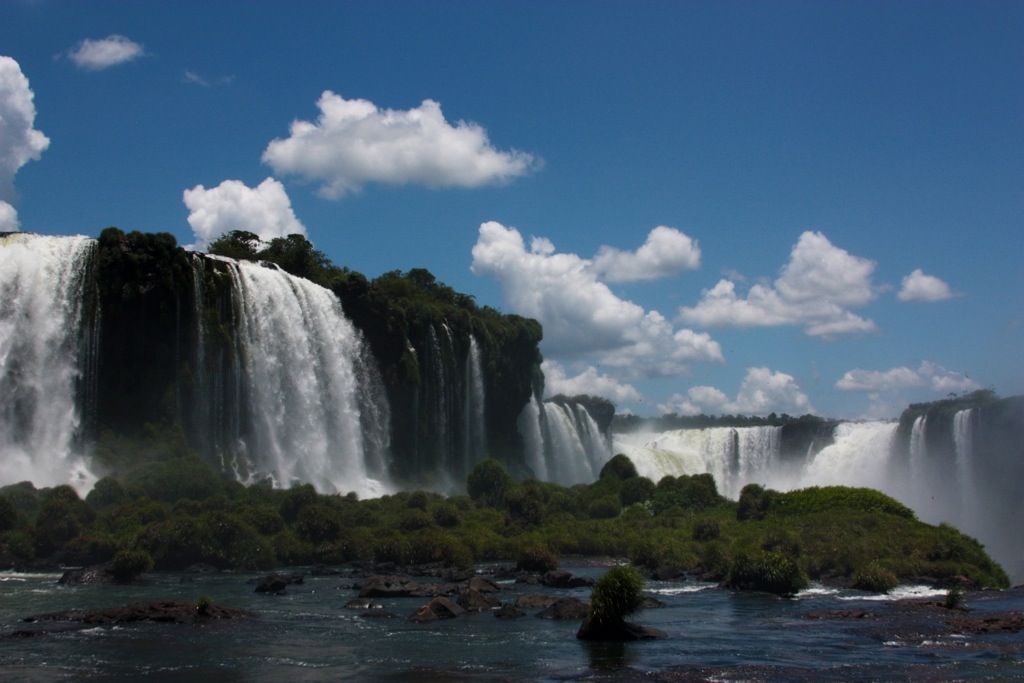

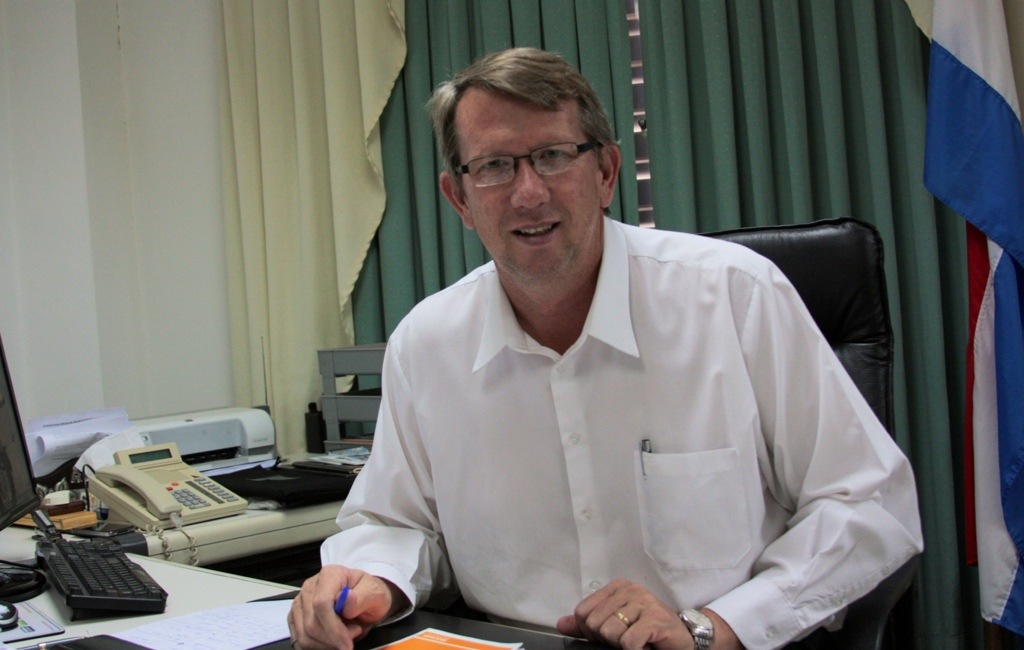
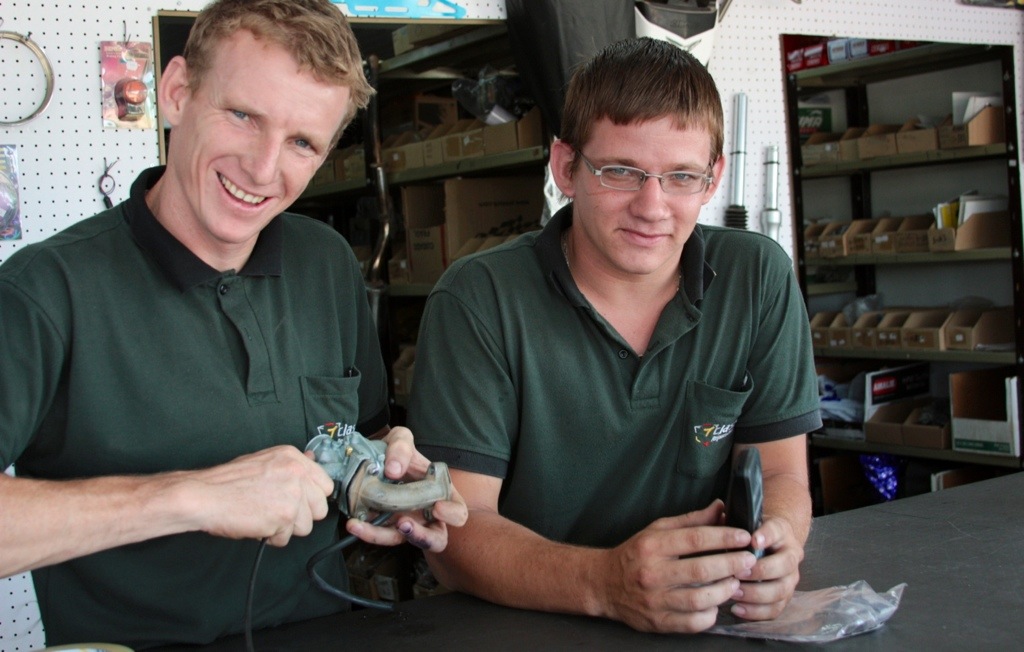

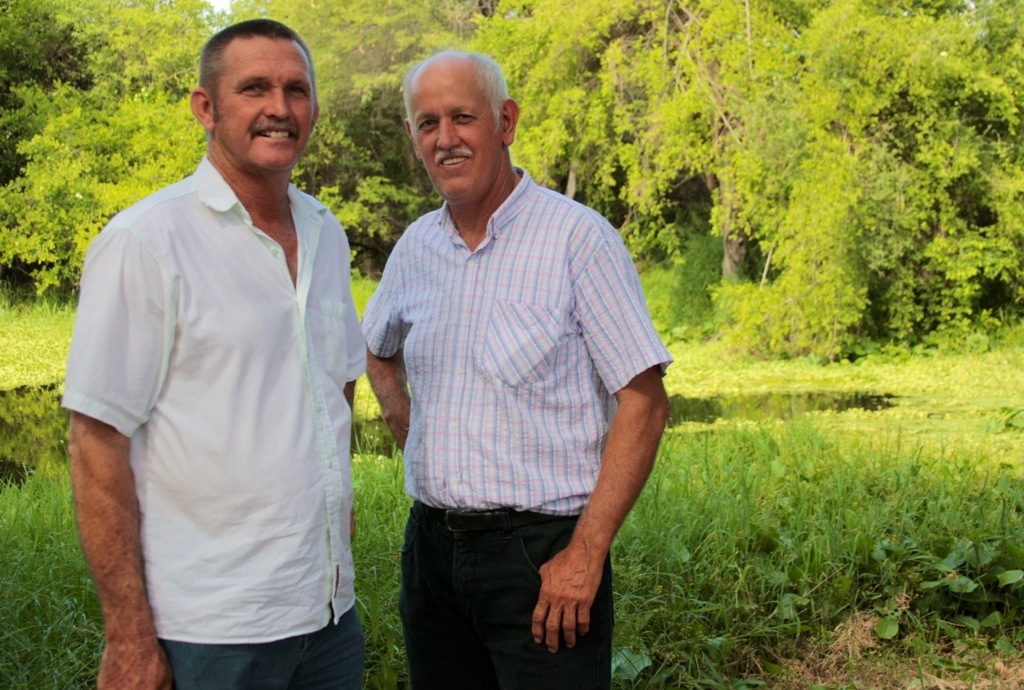

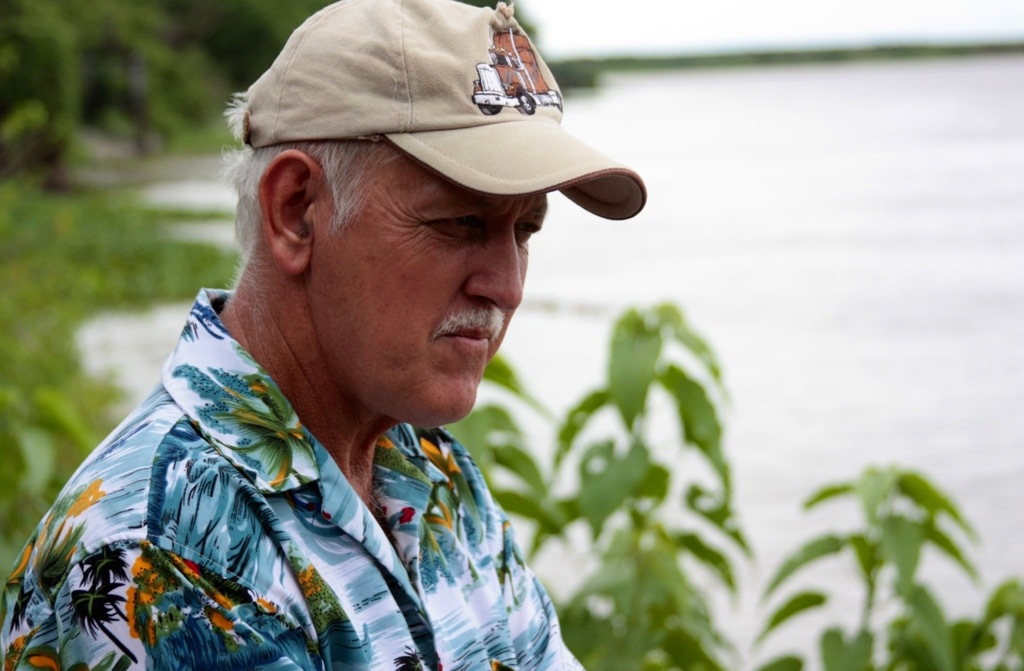
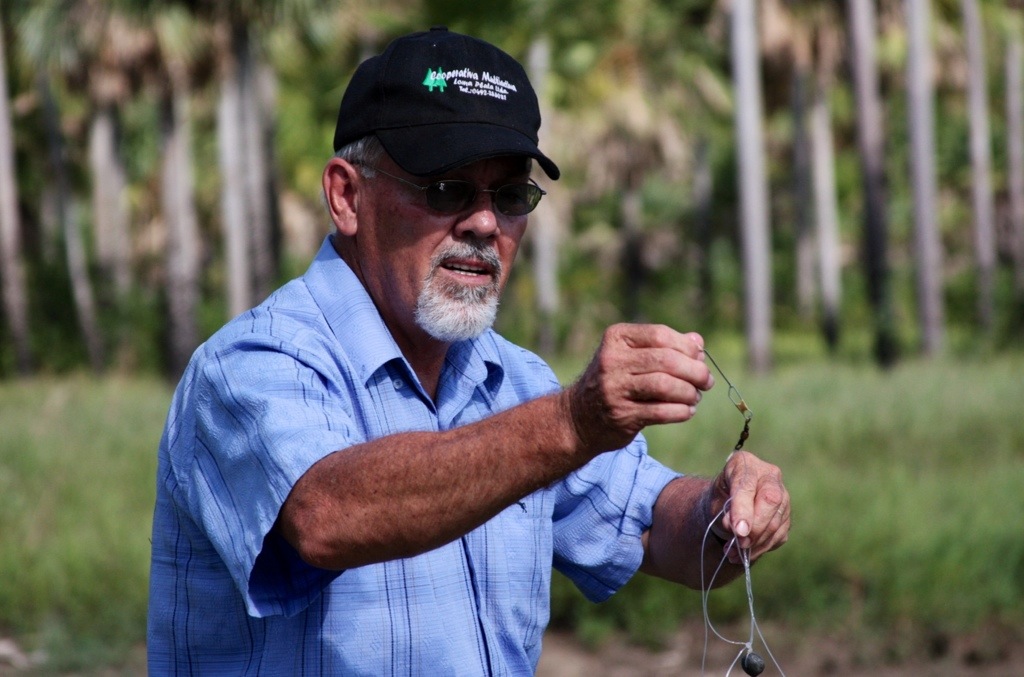
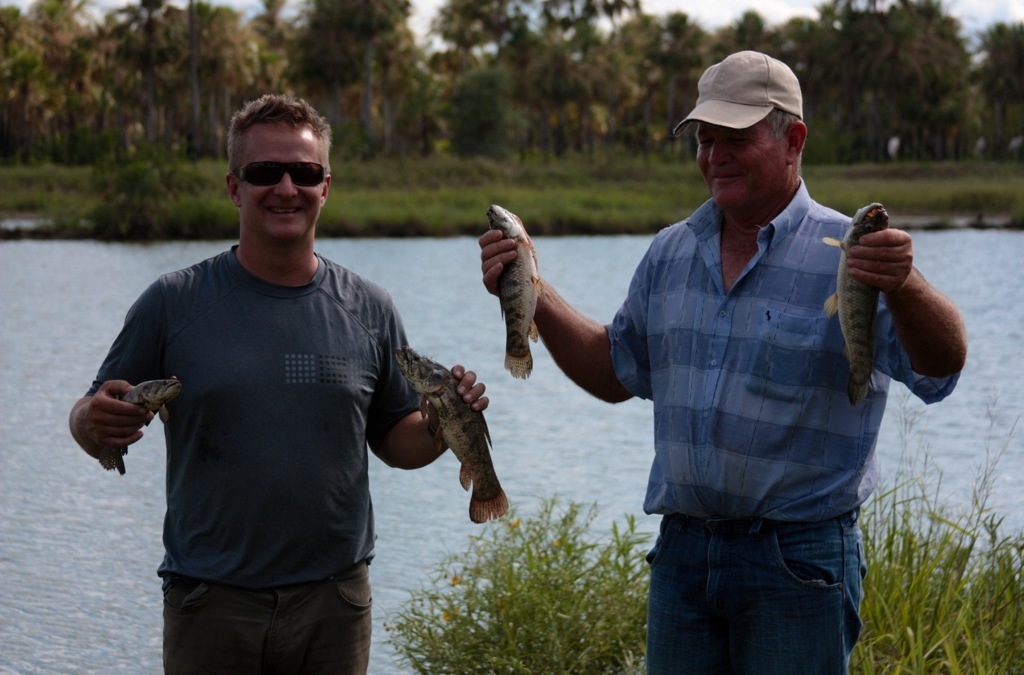
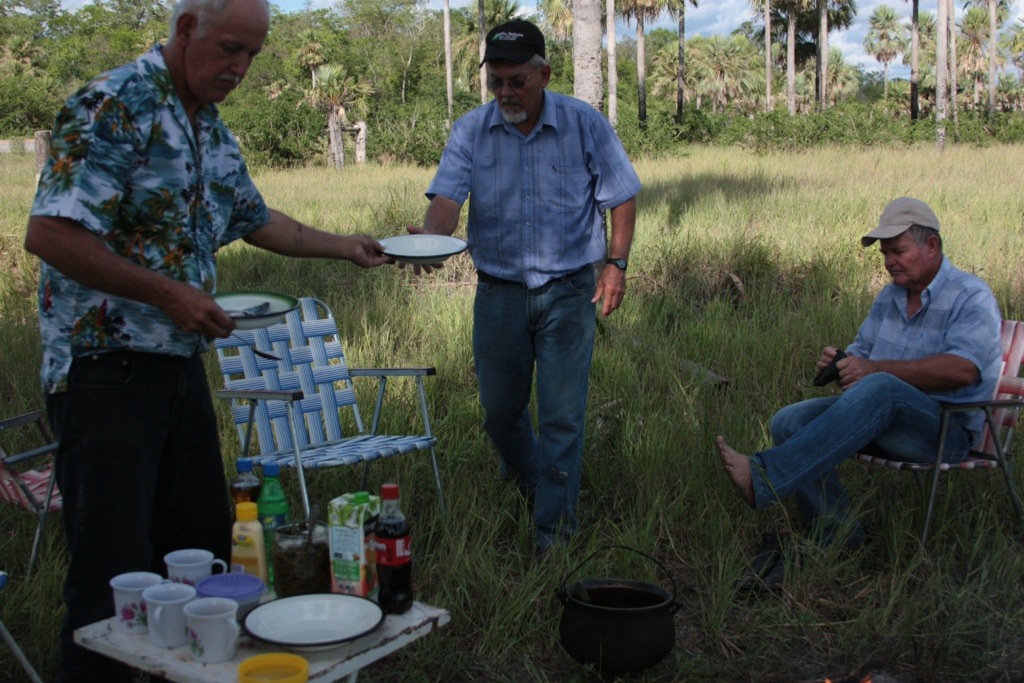
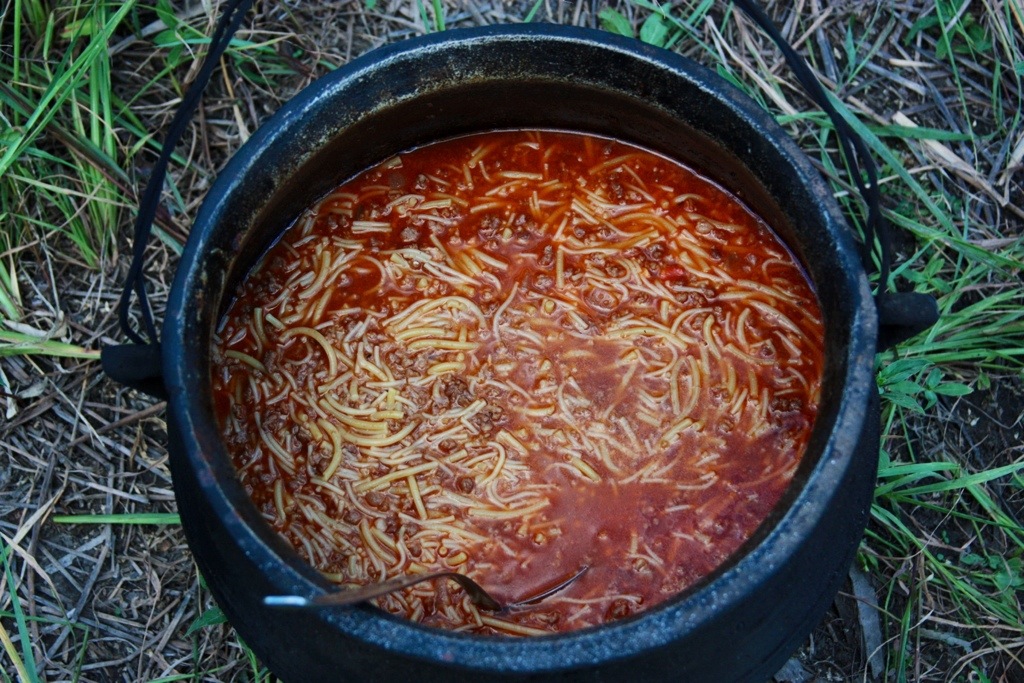
 Follow
Follow